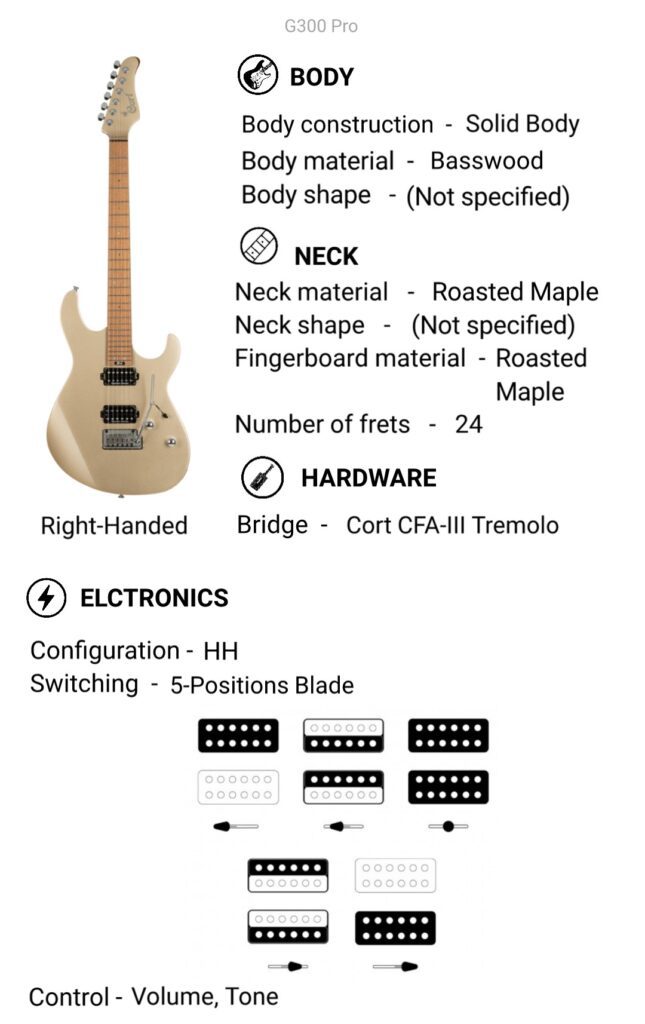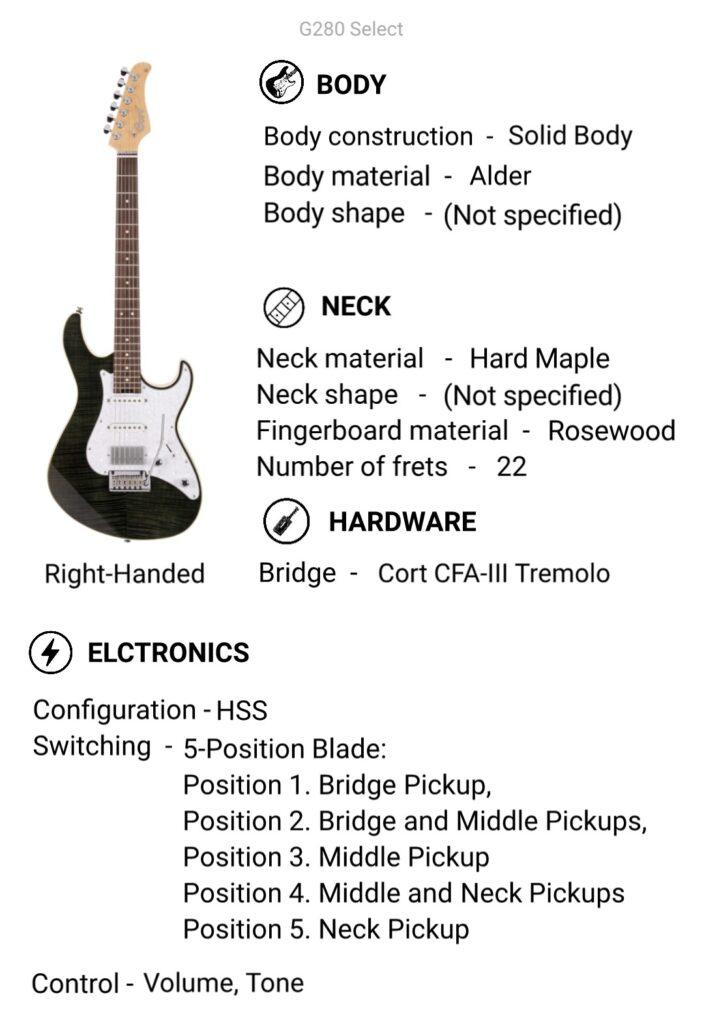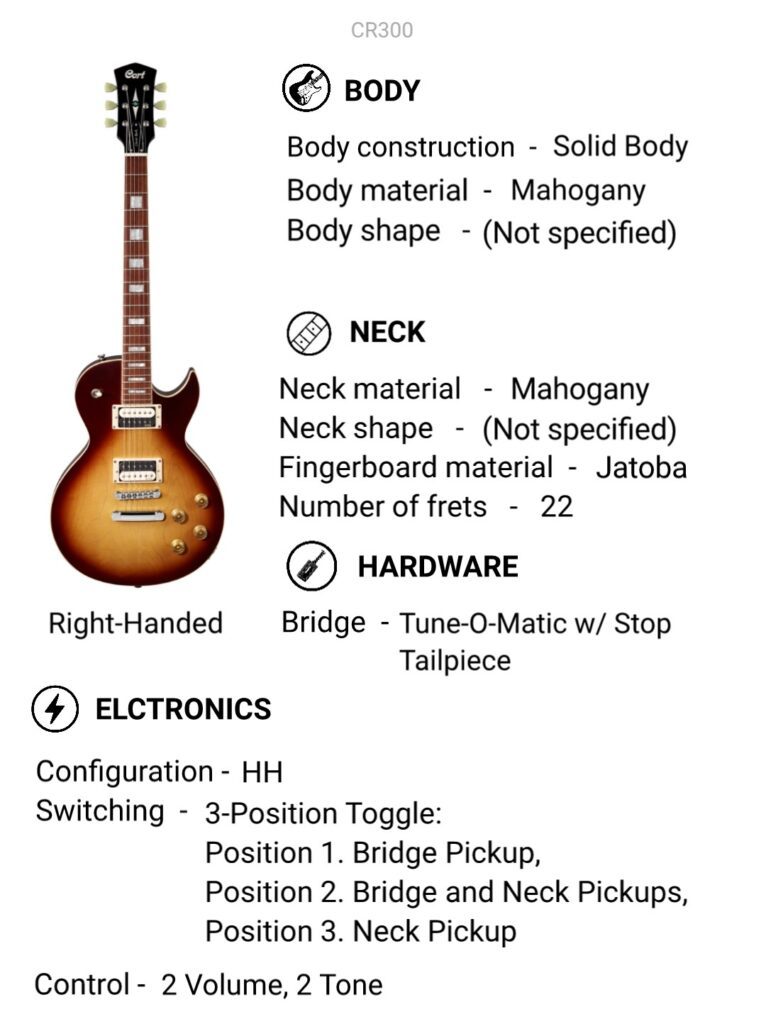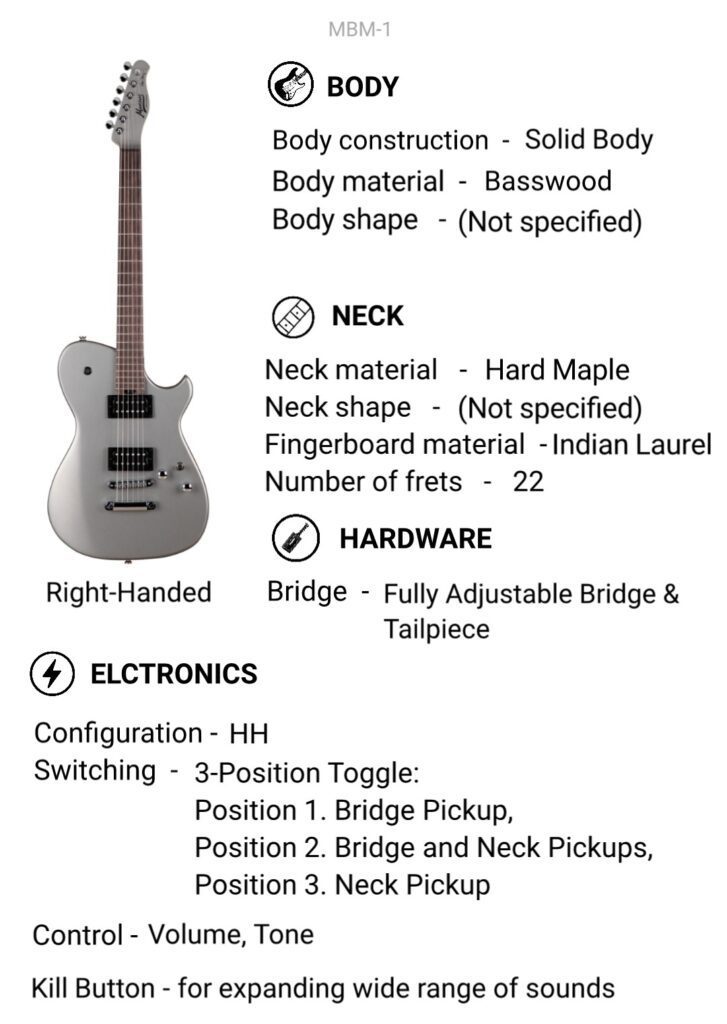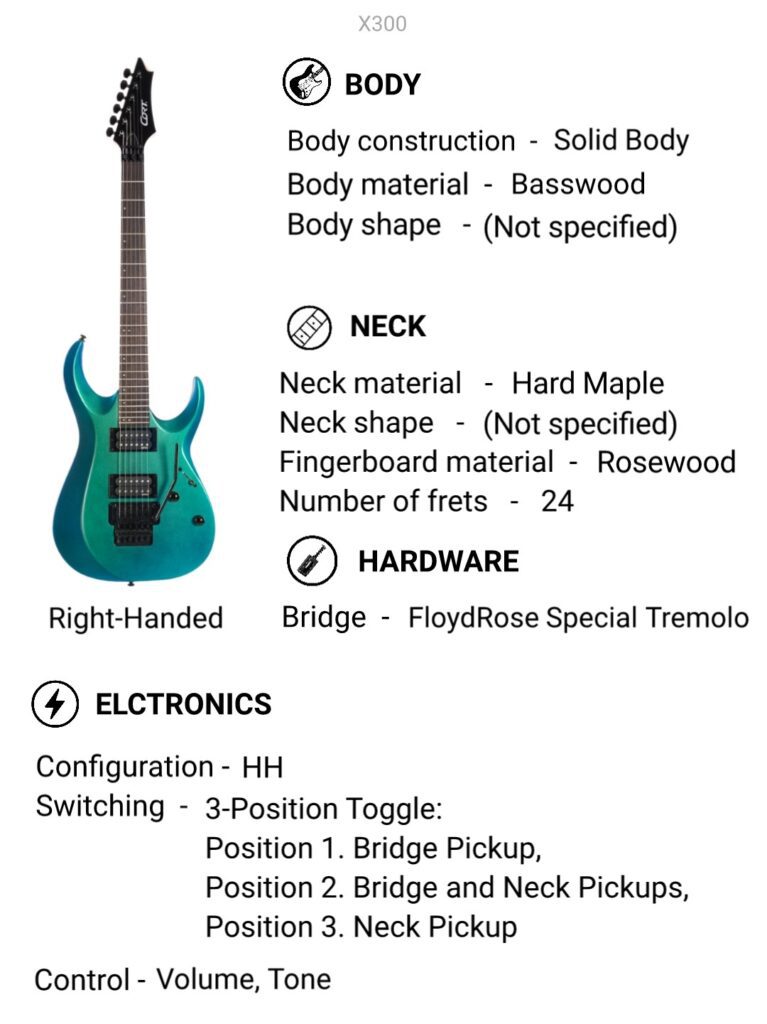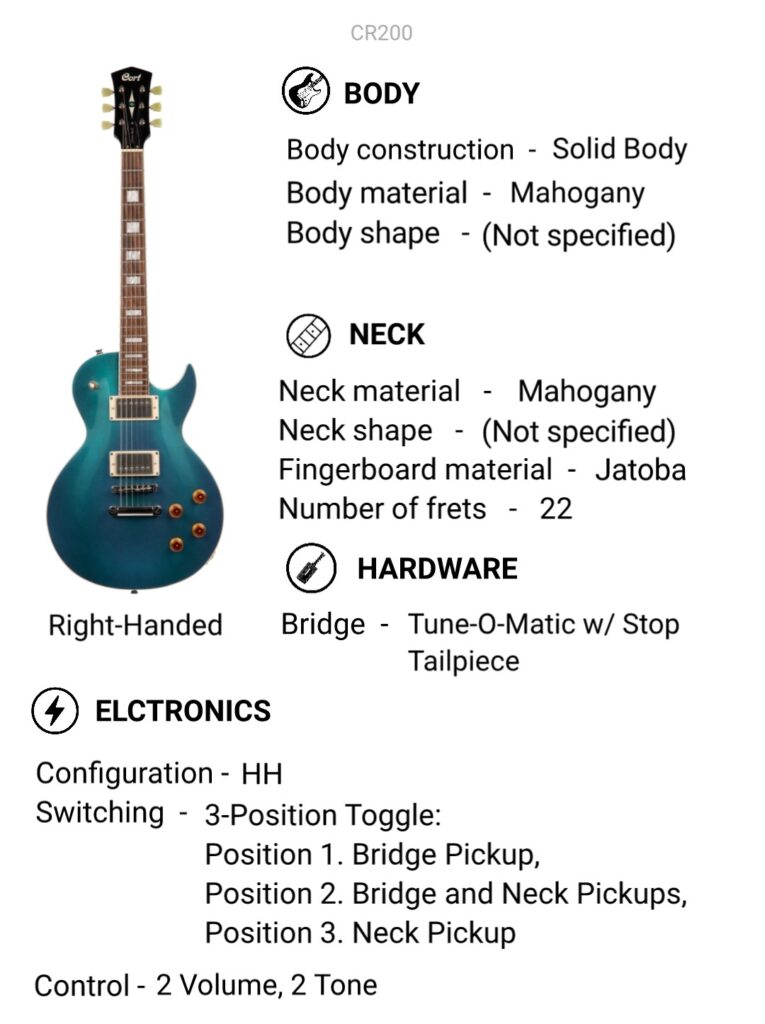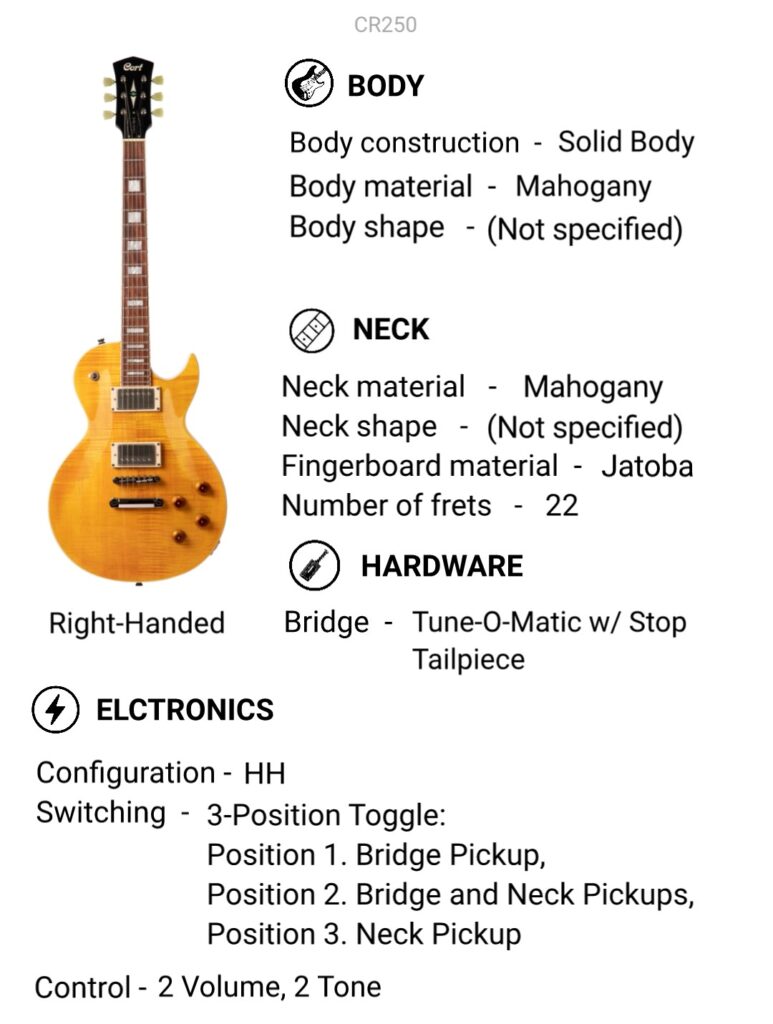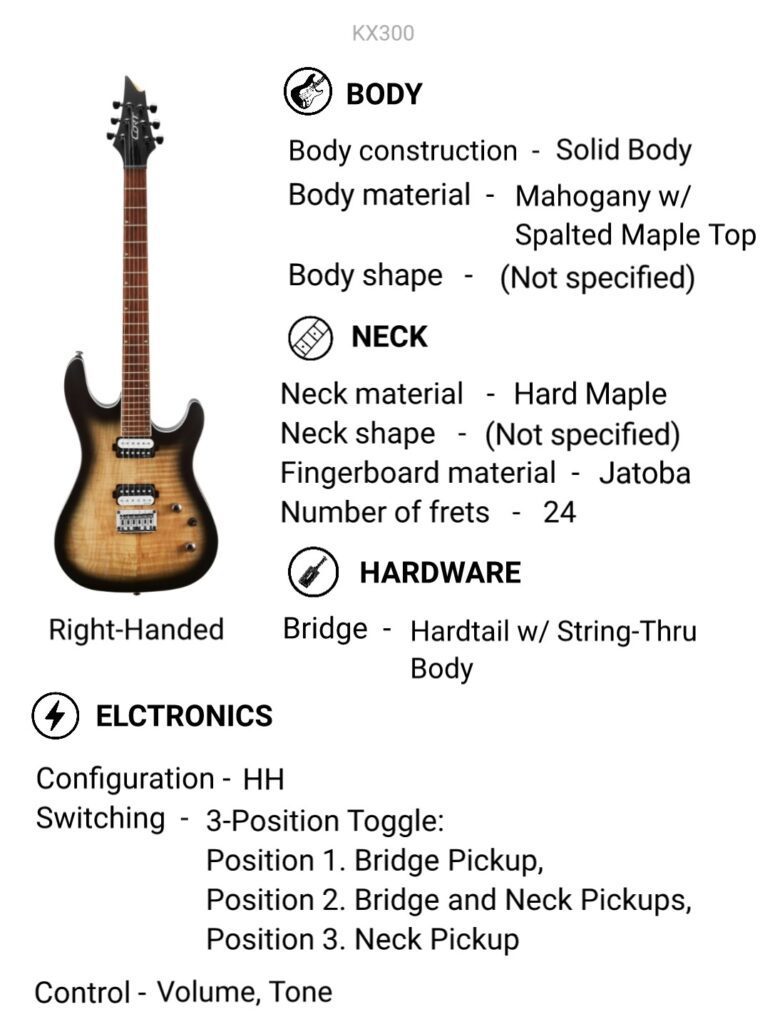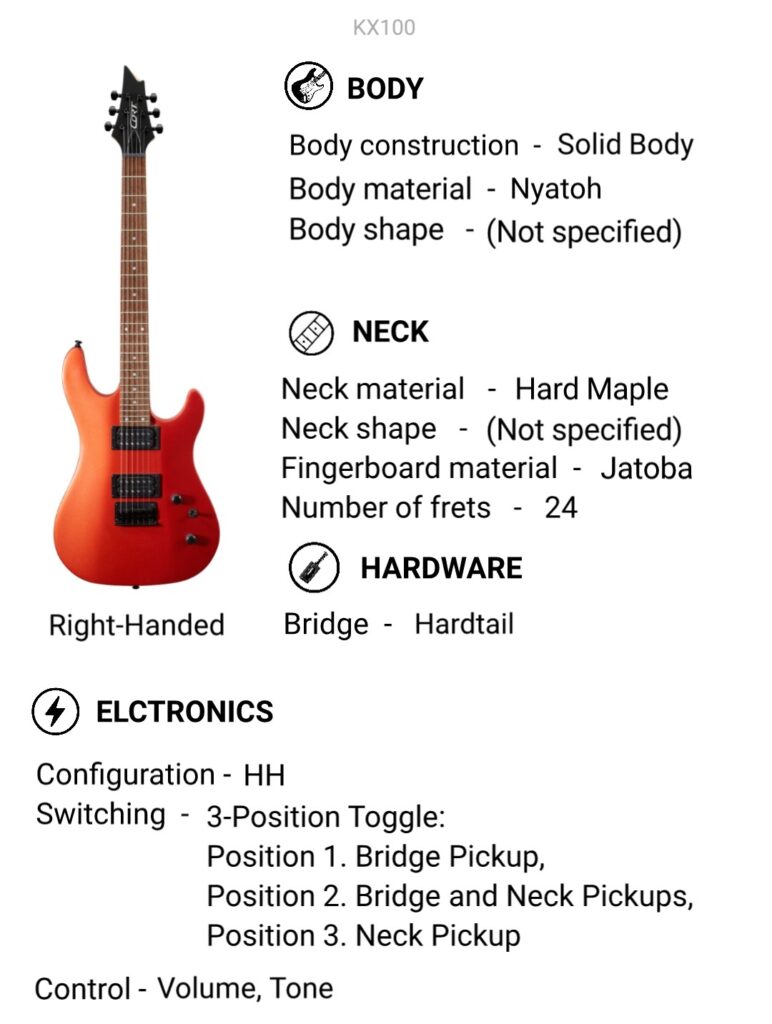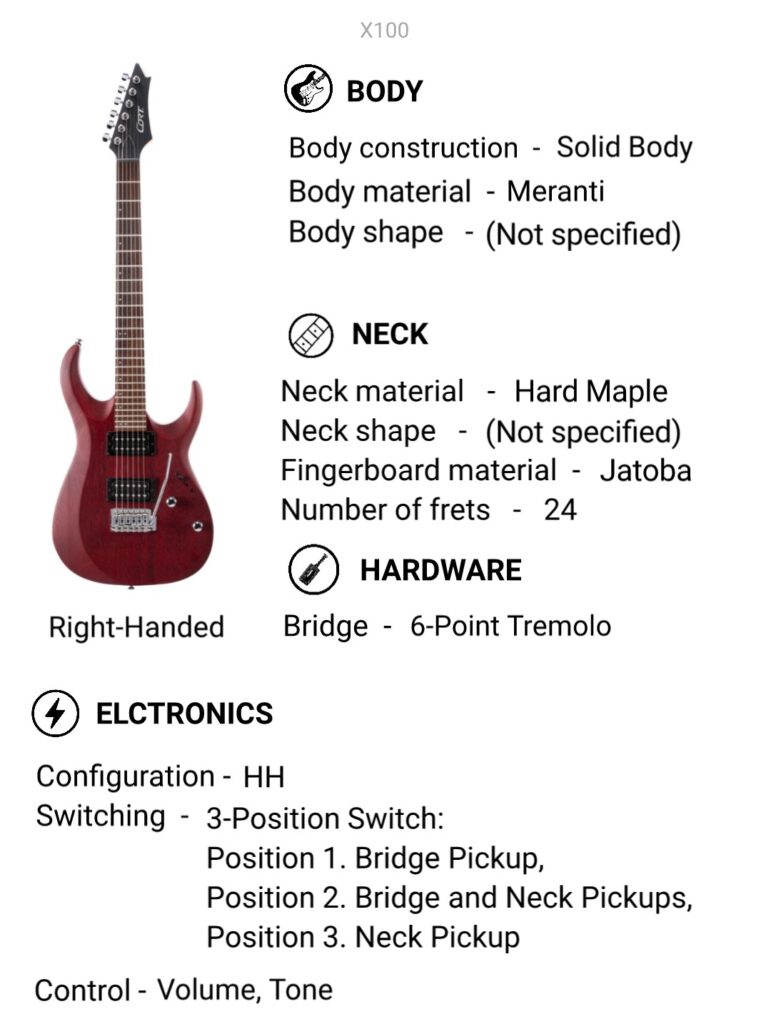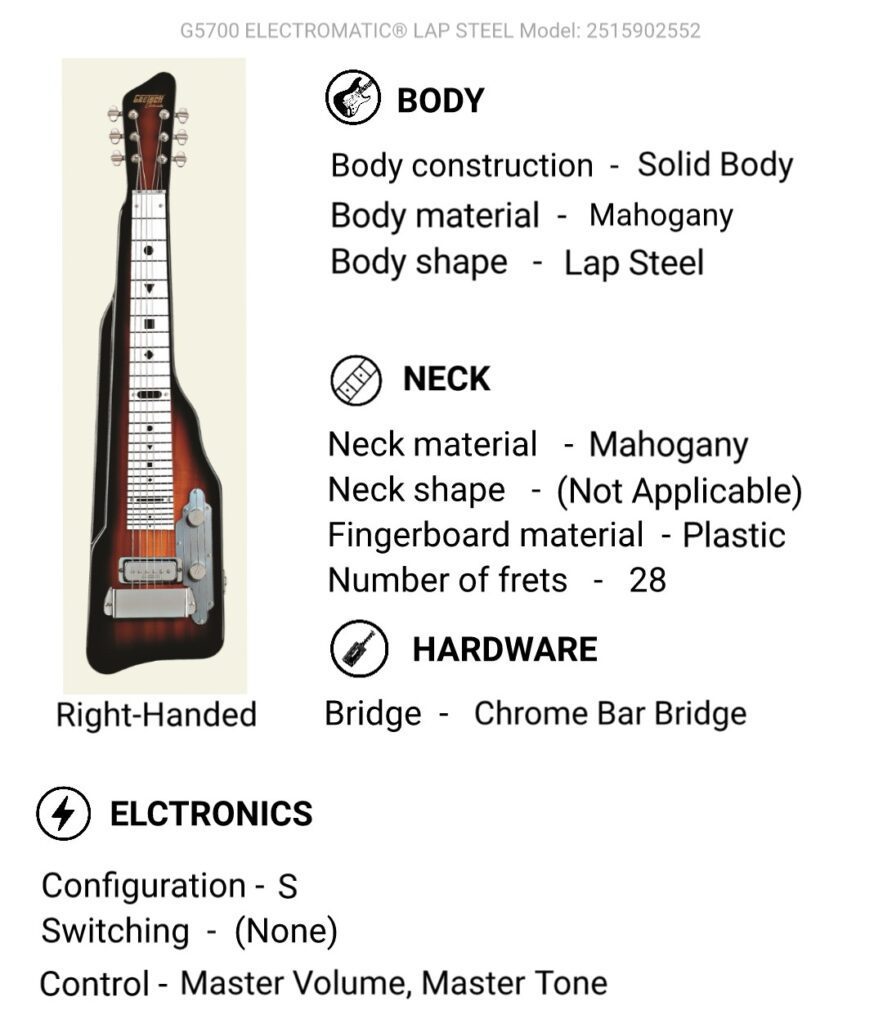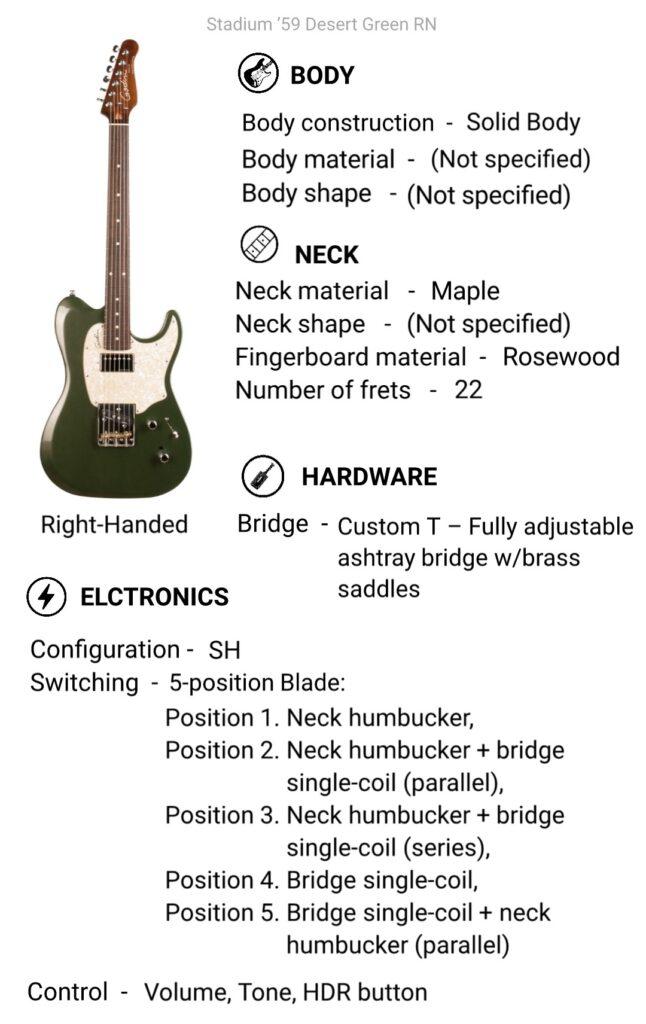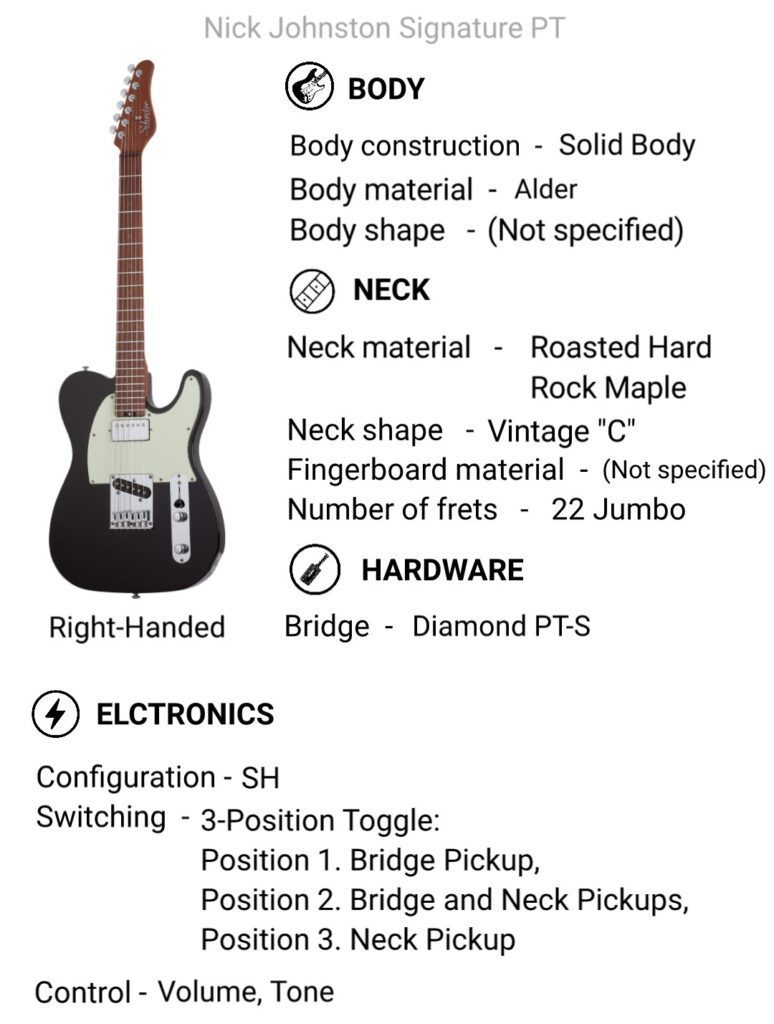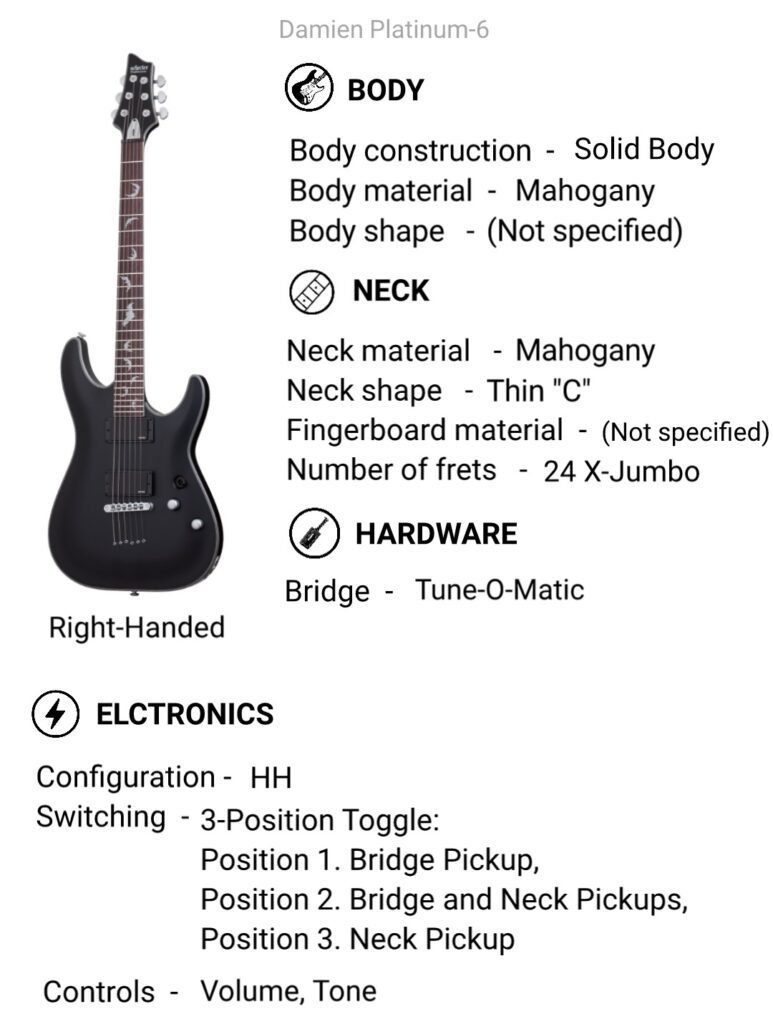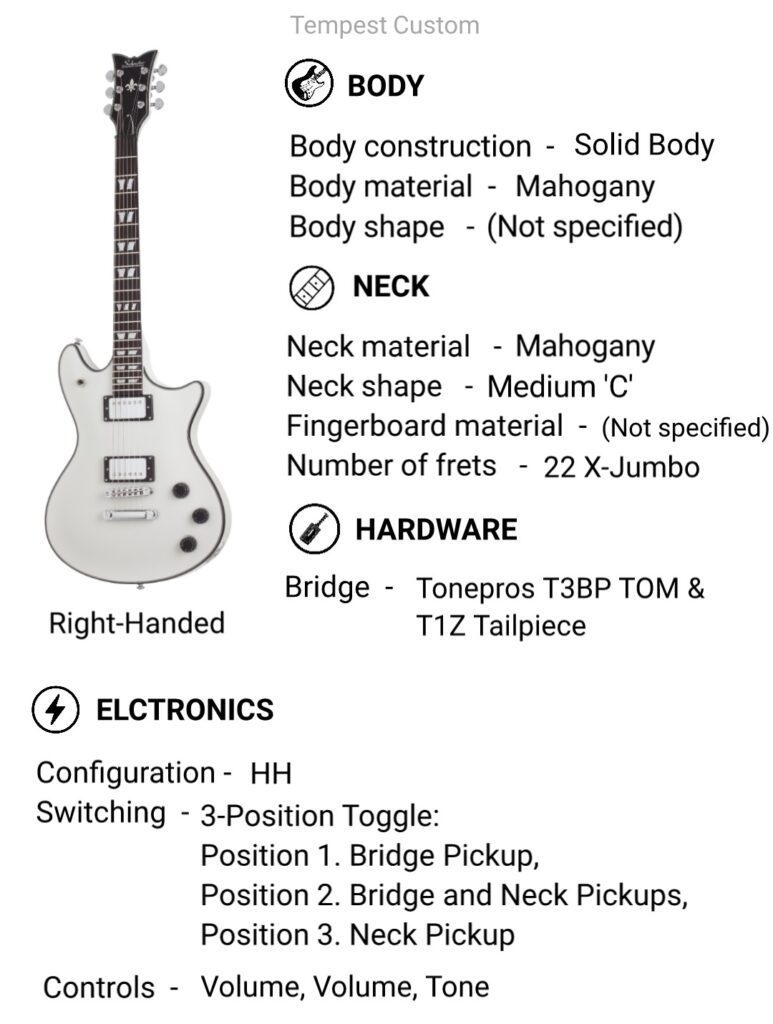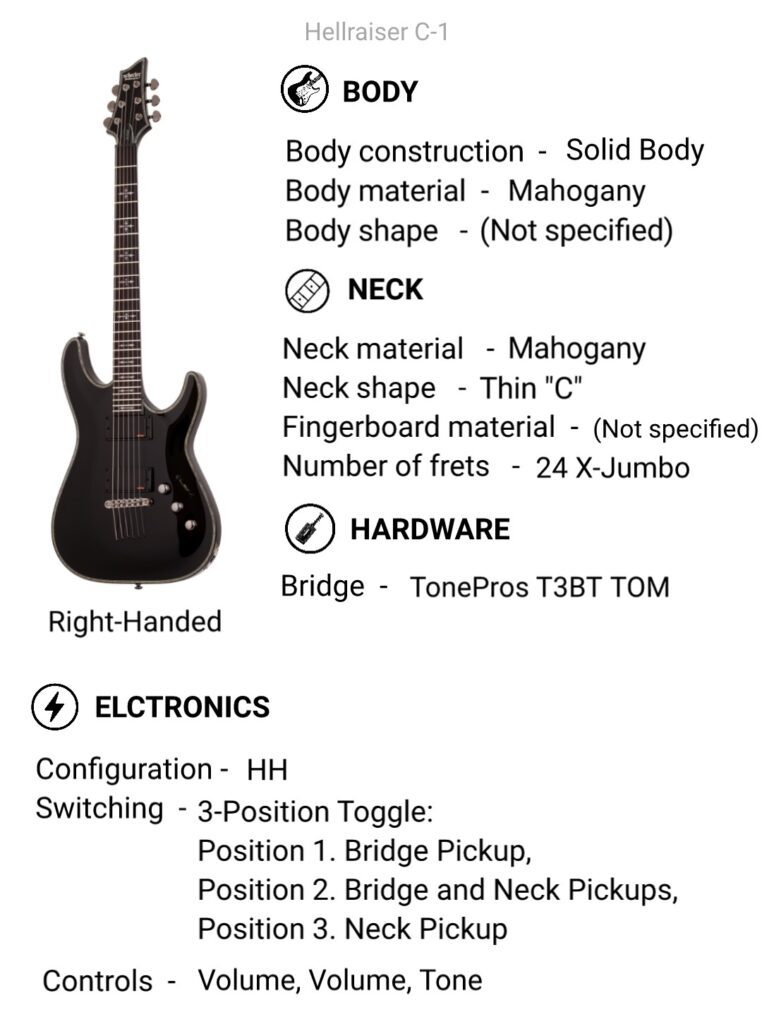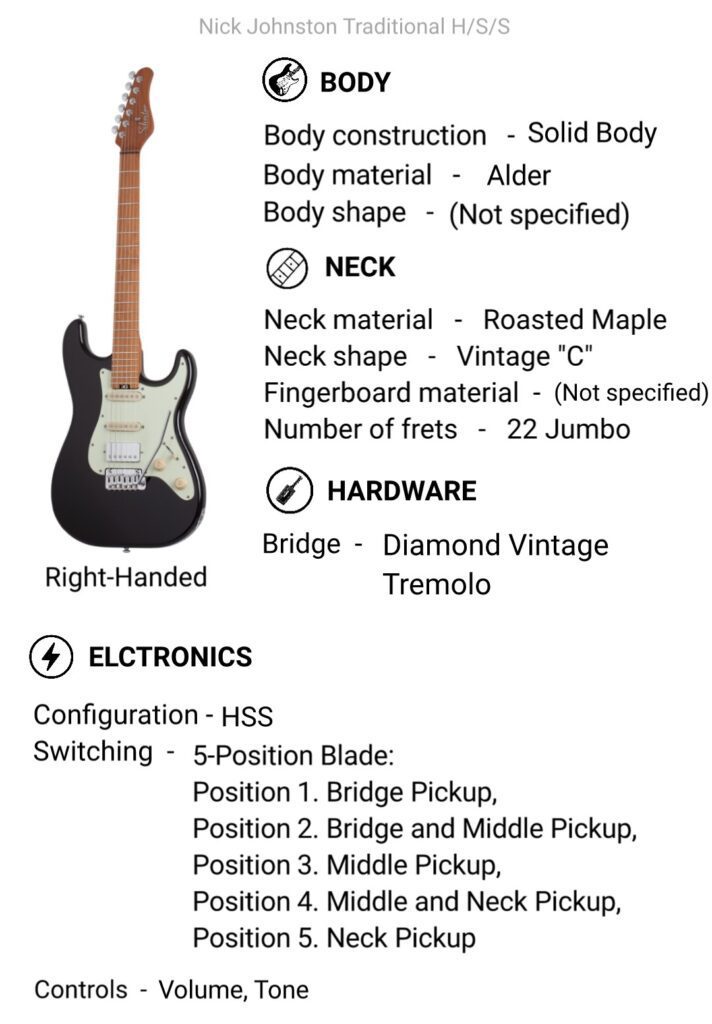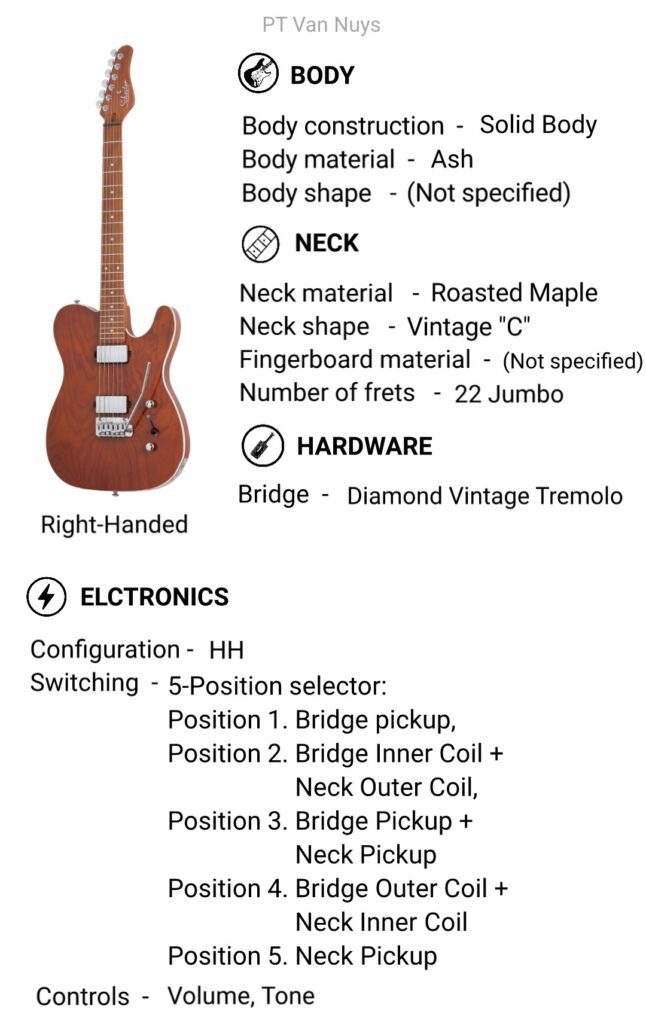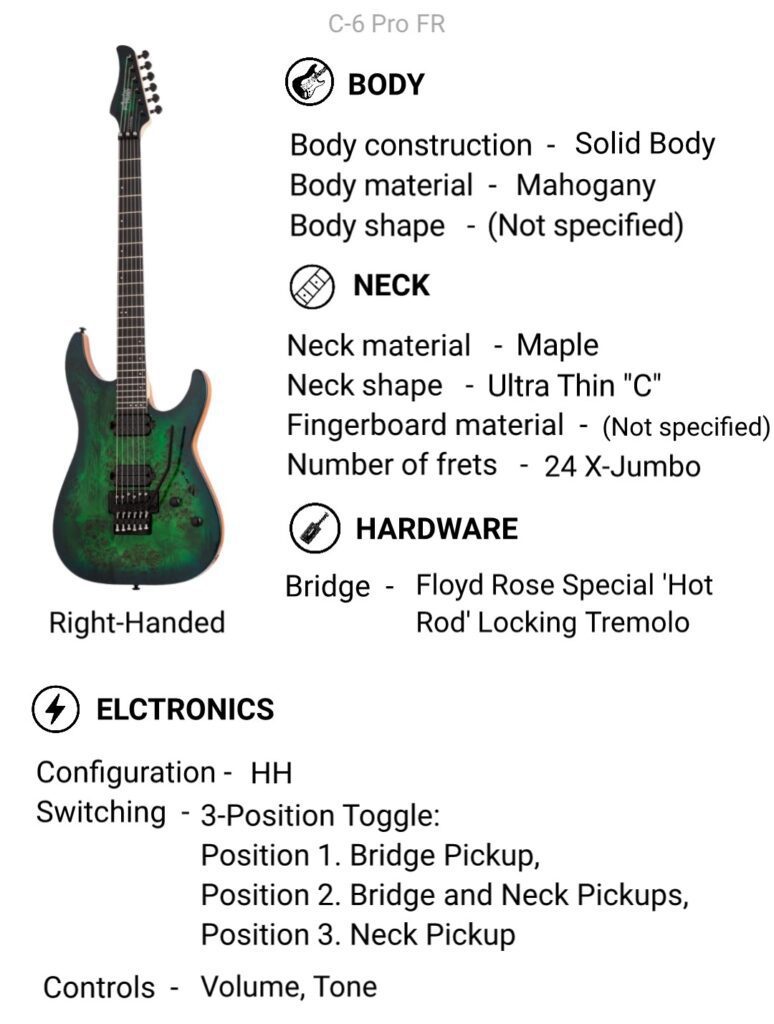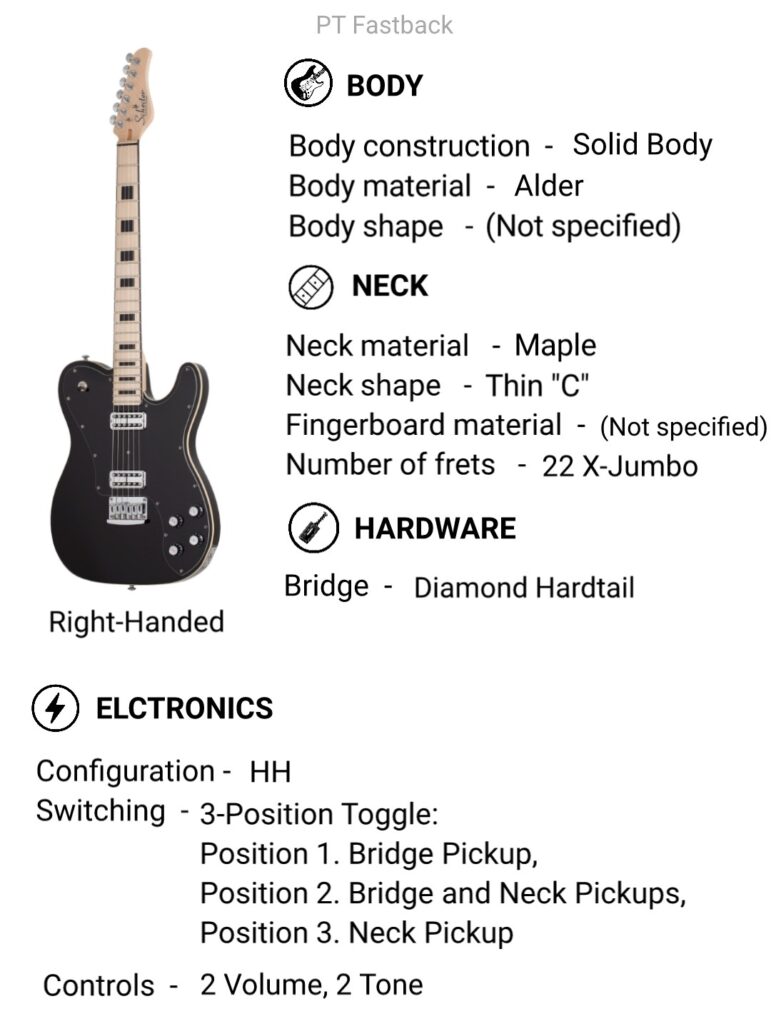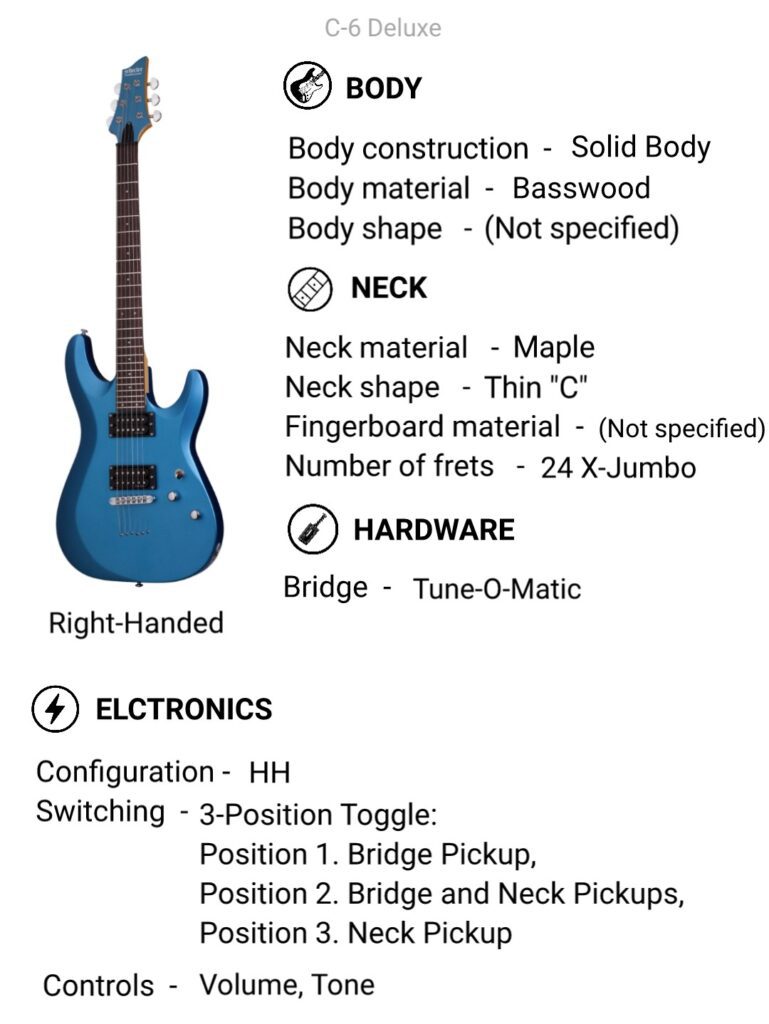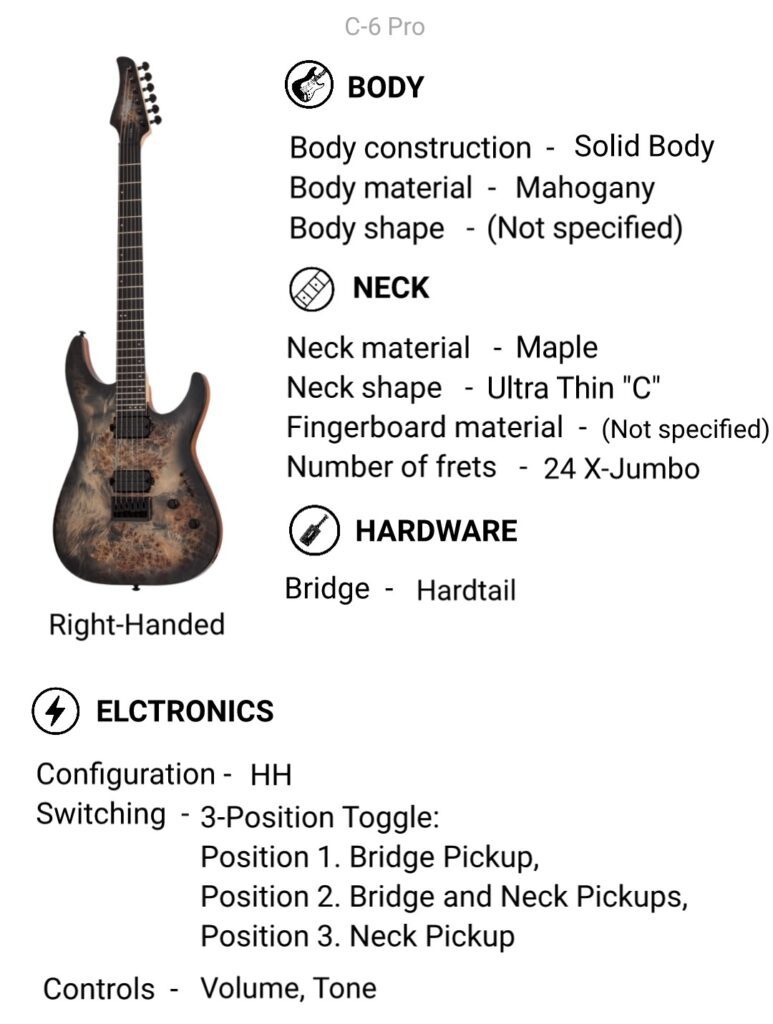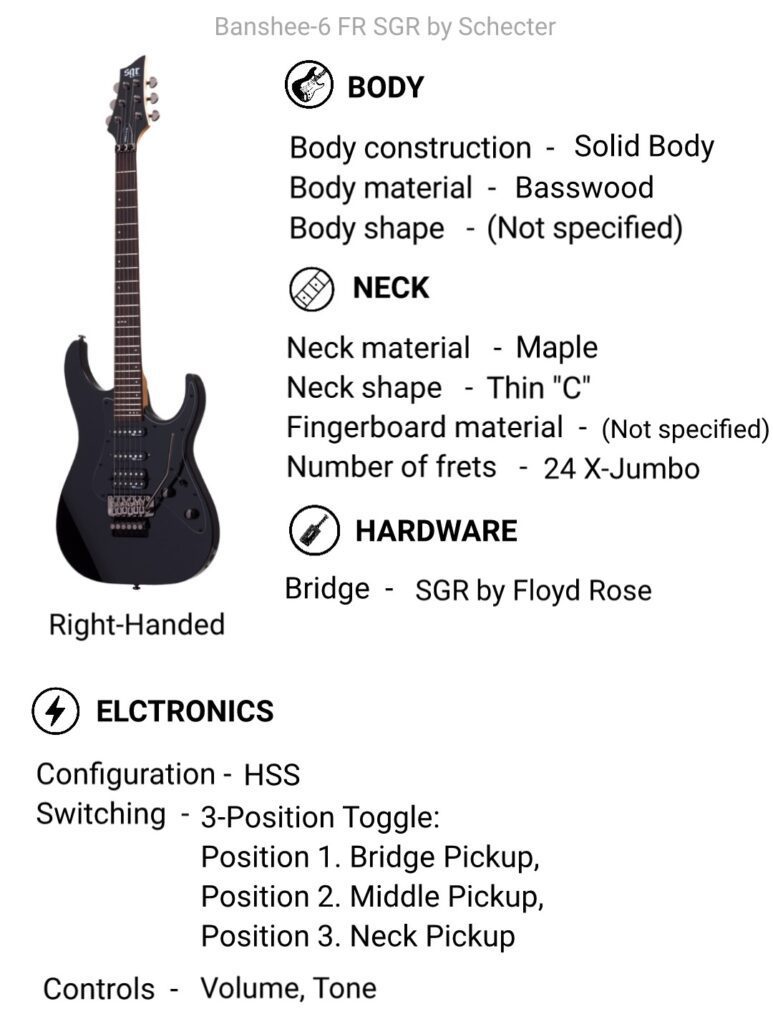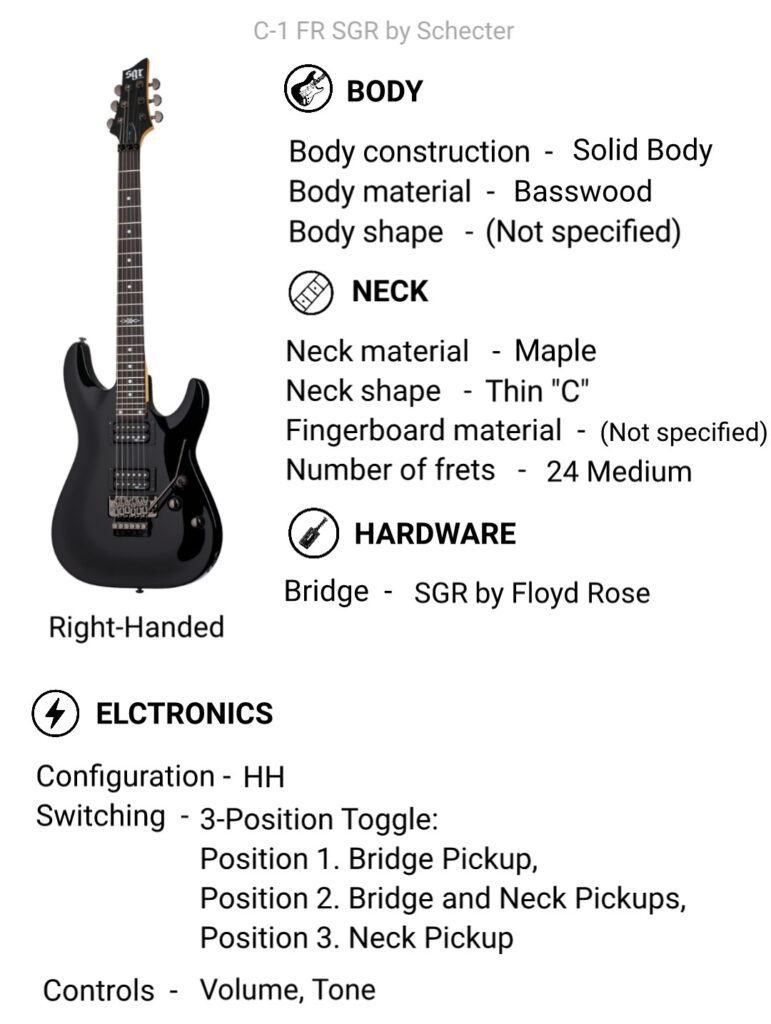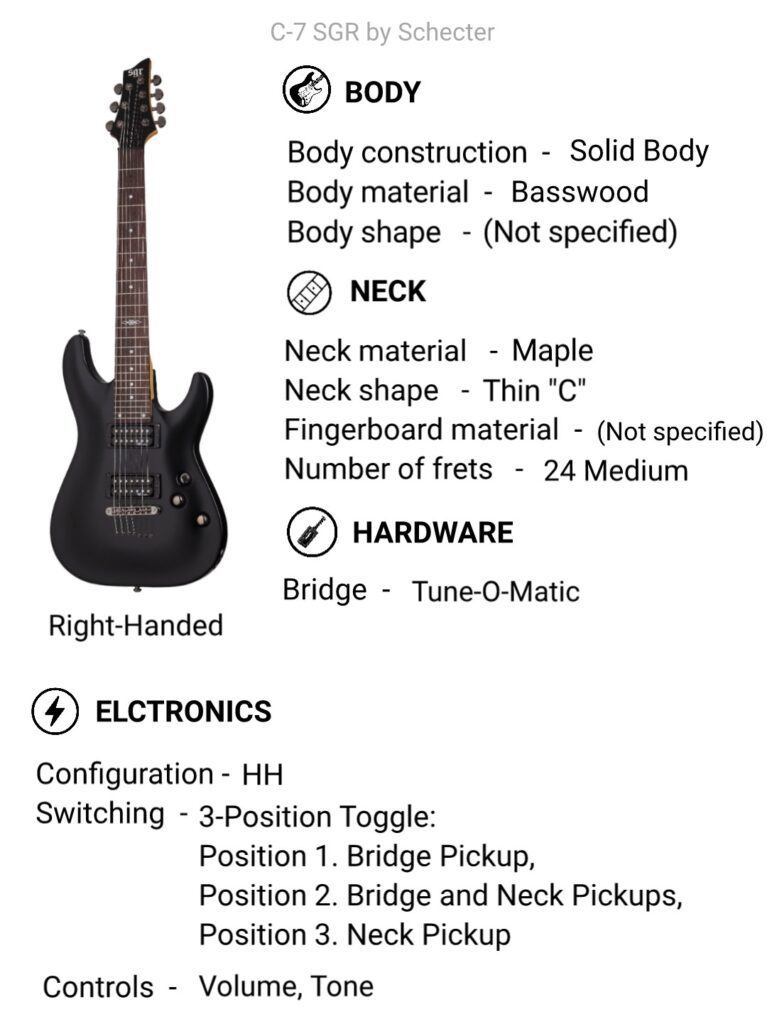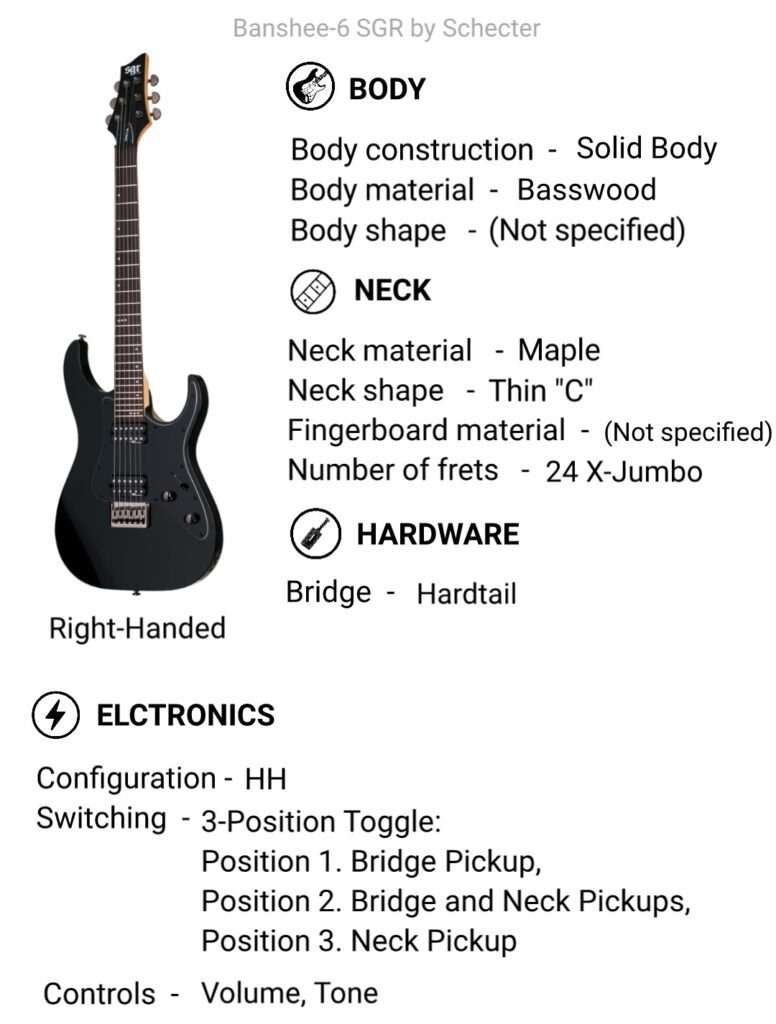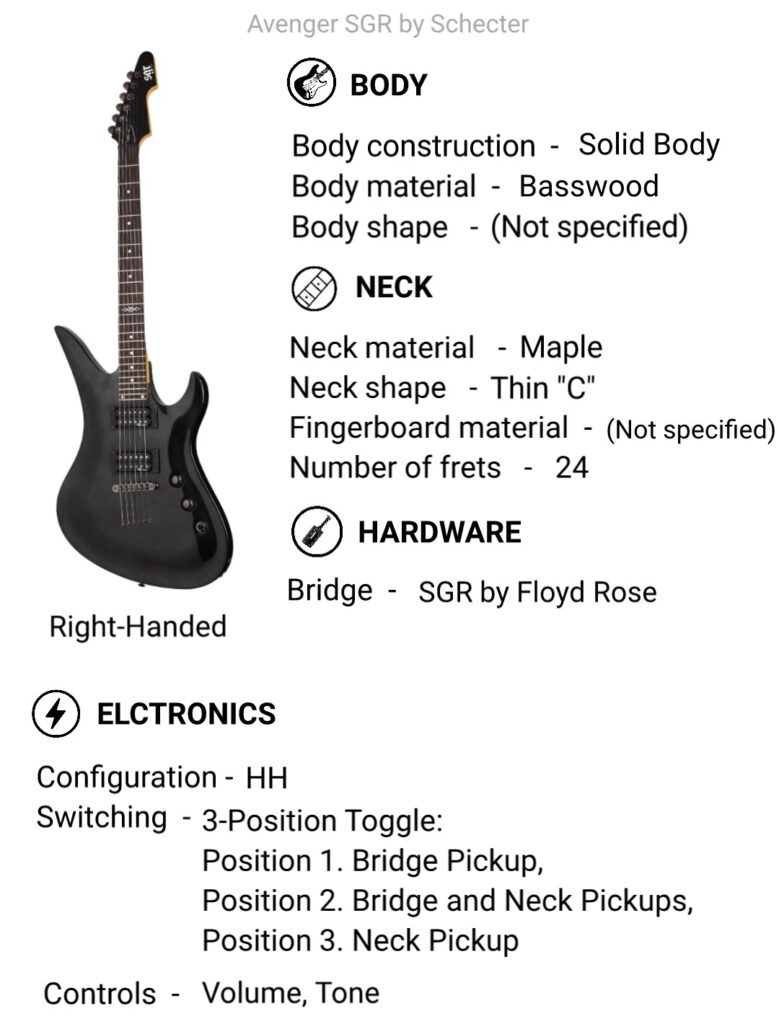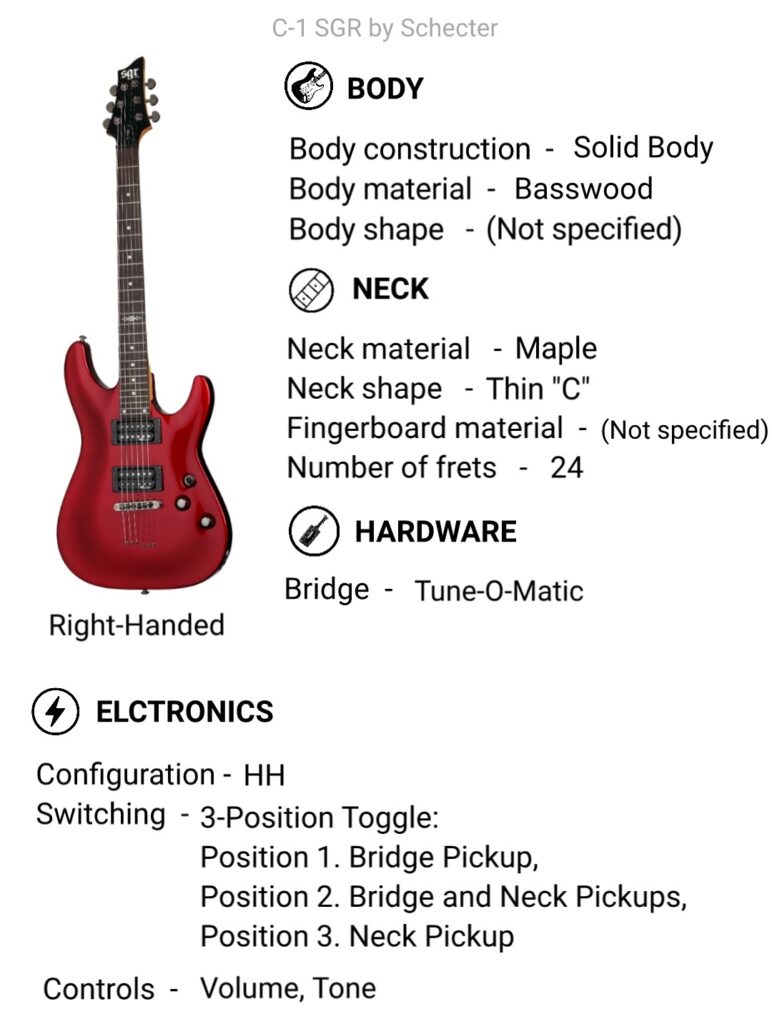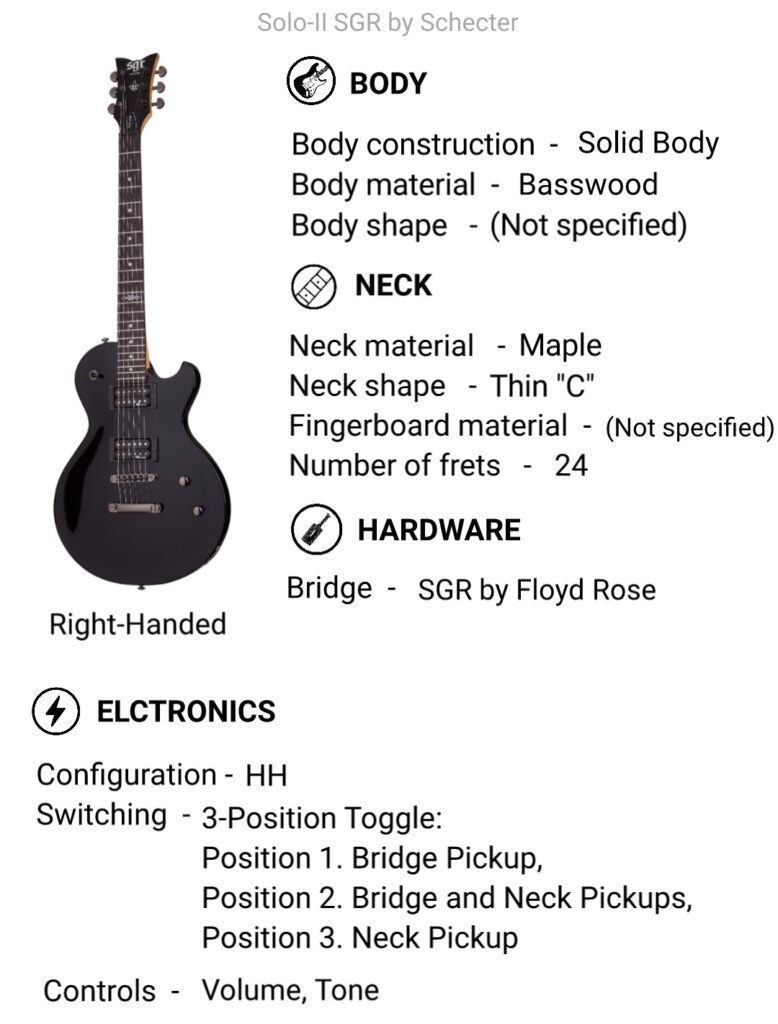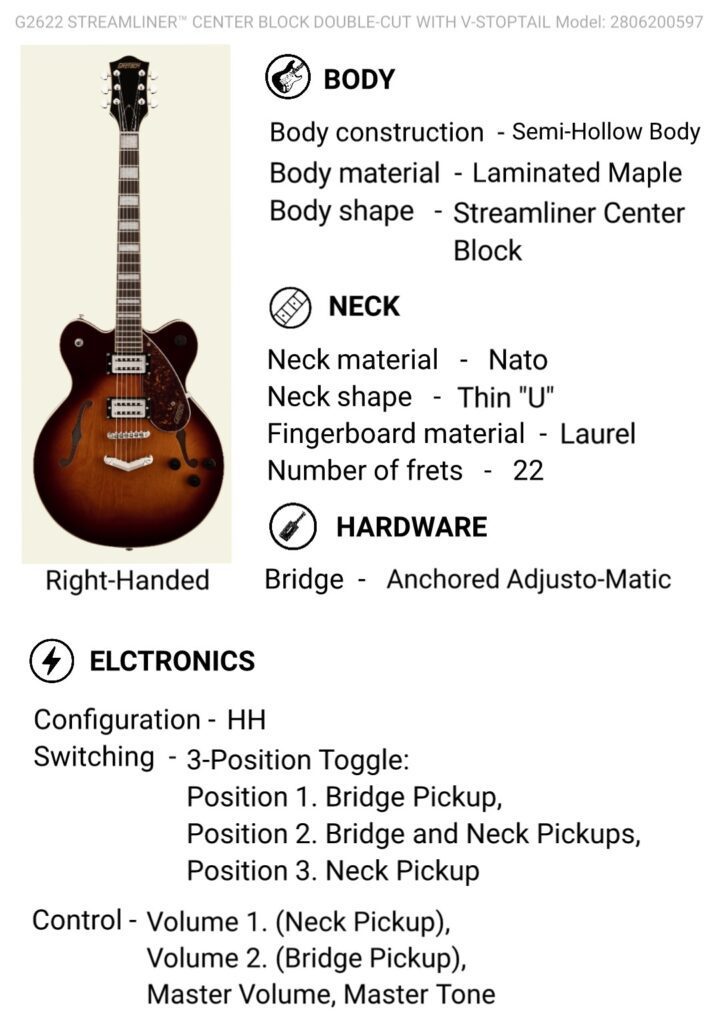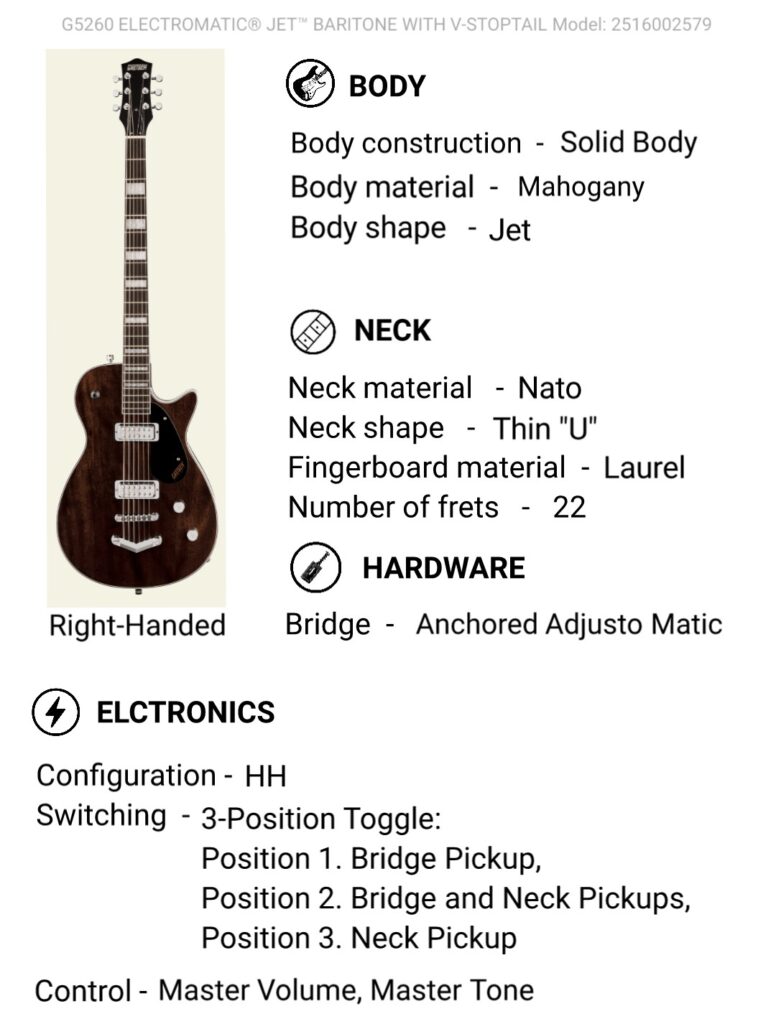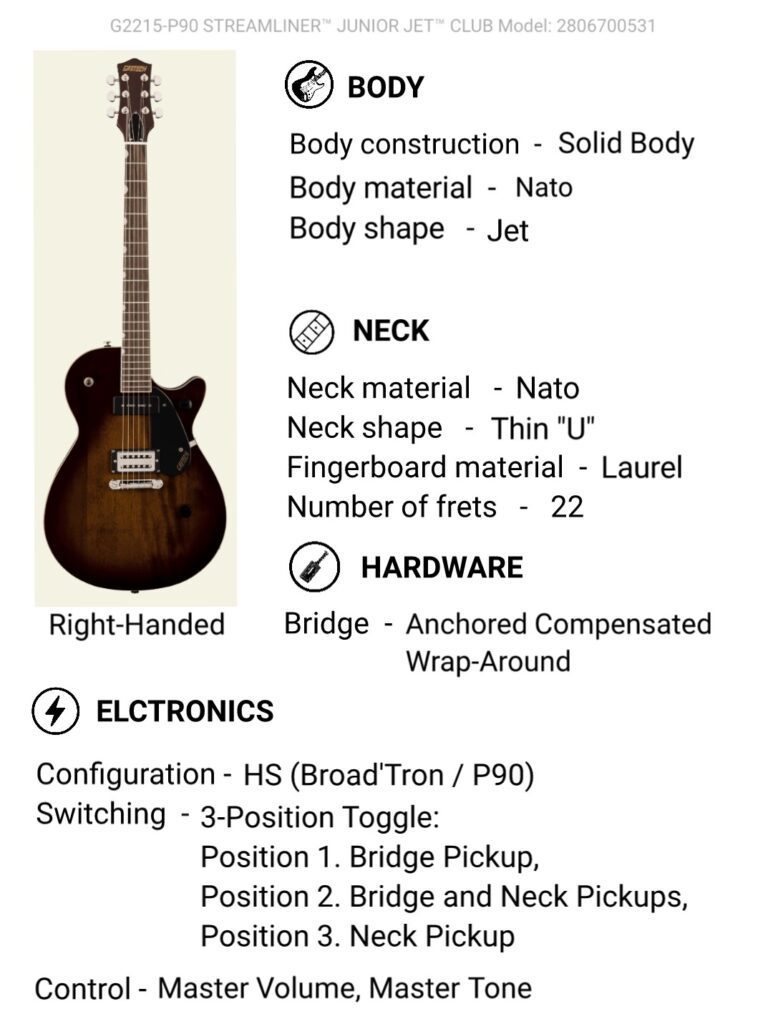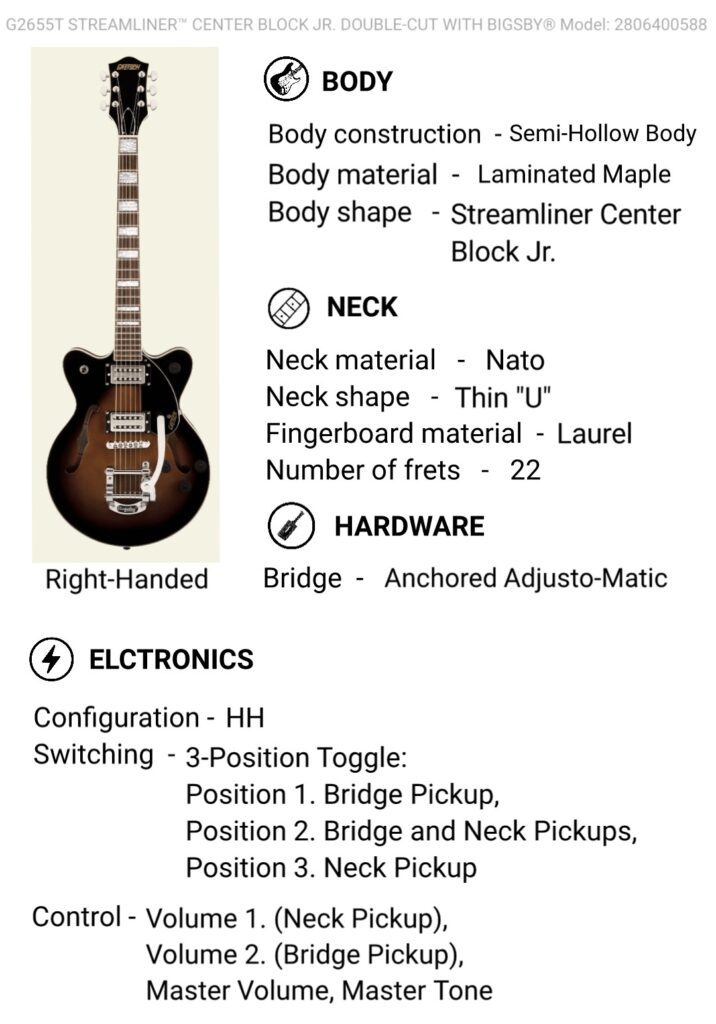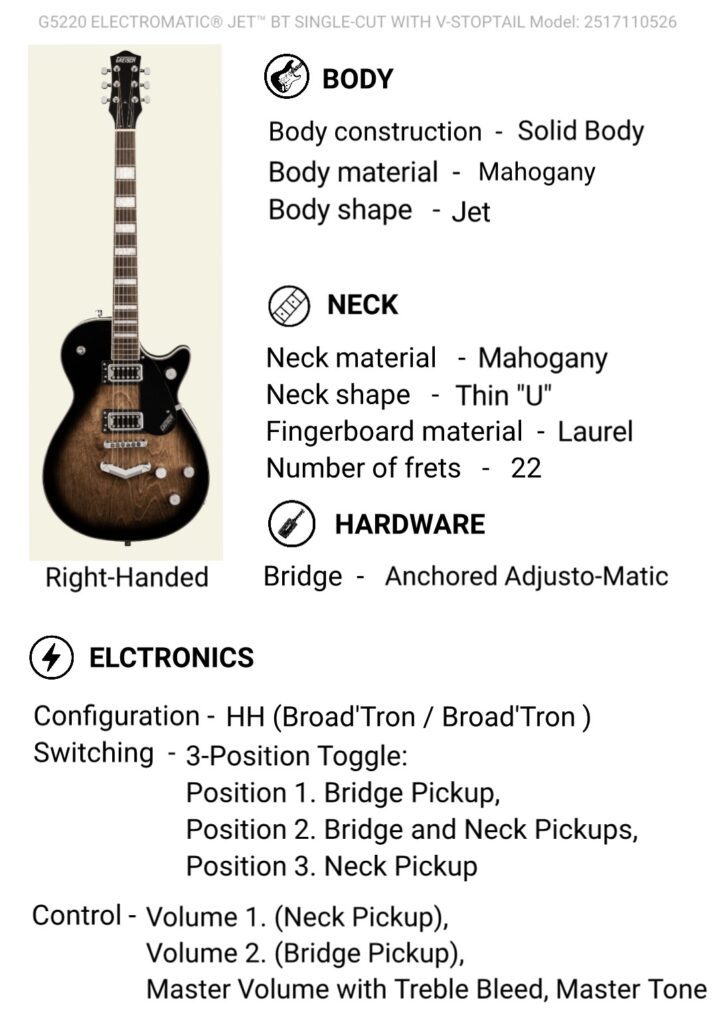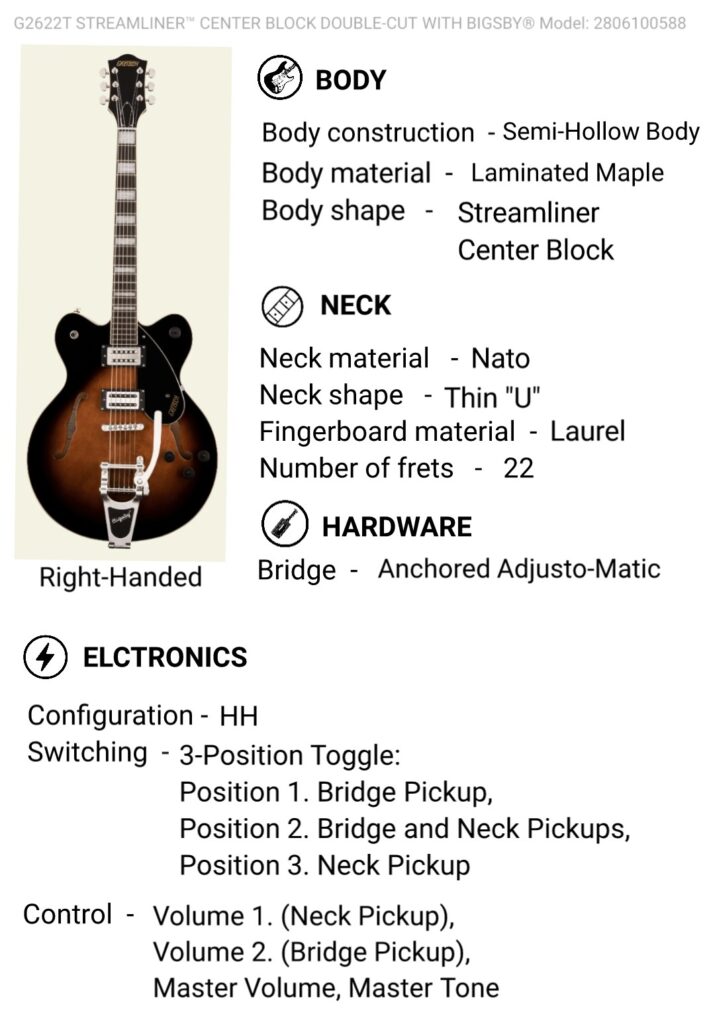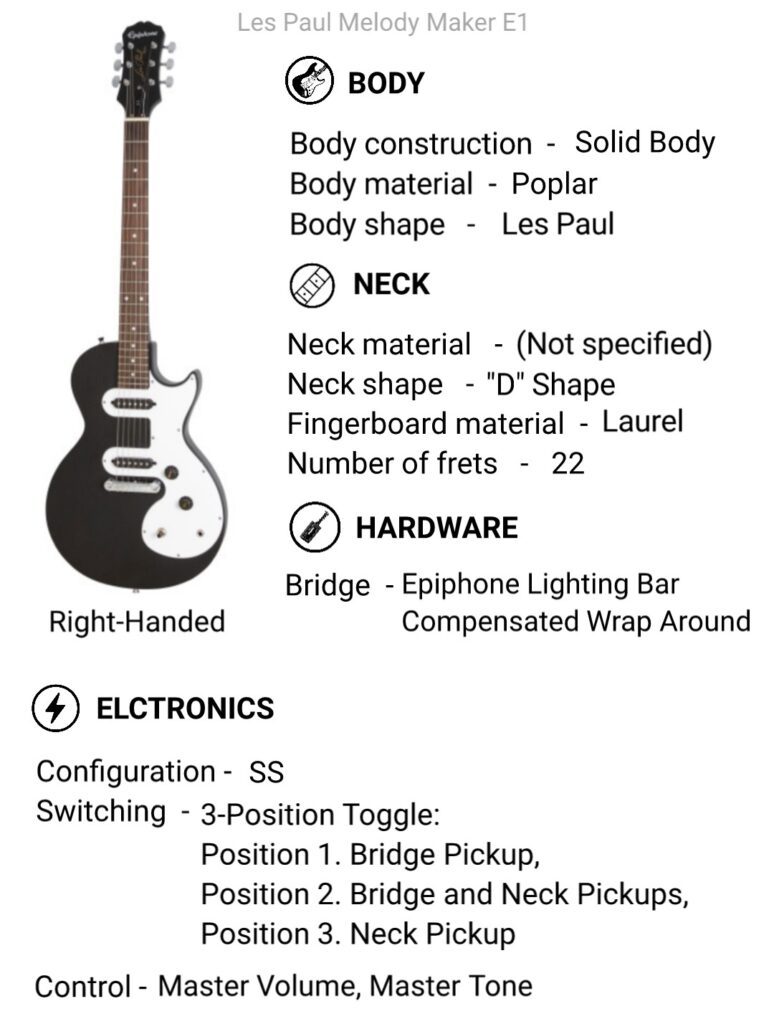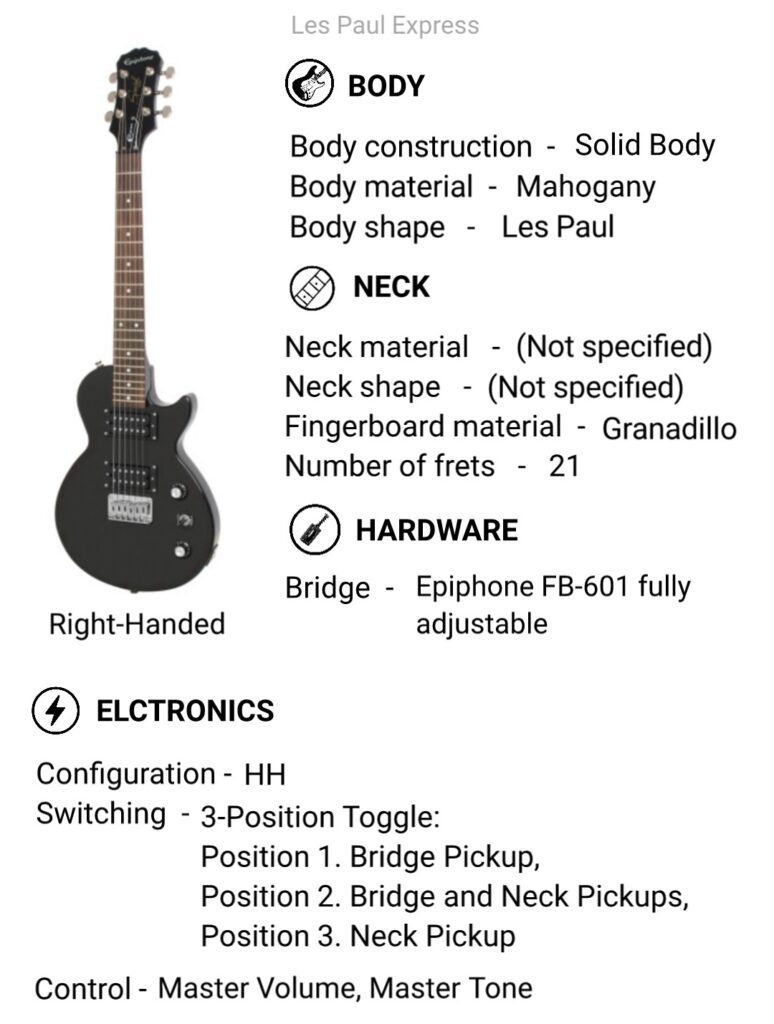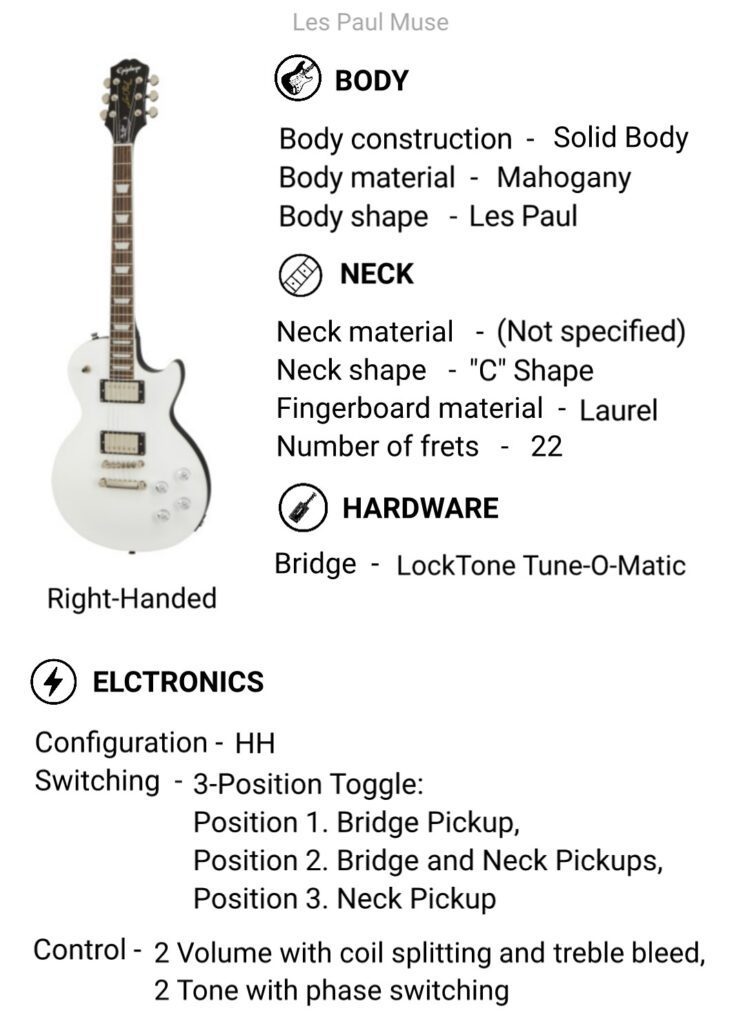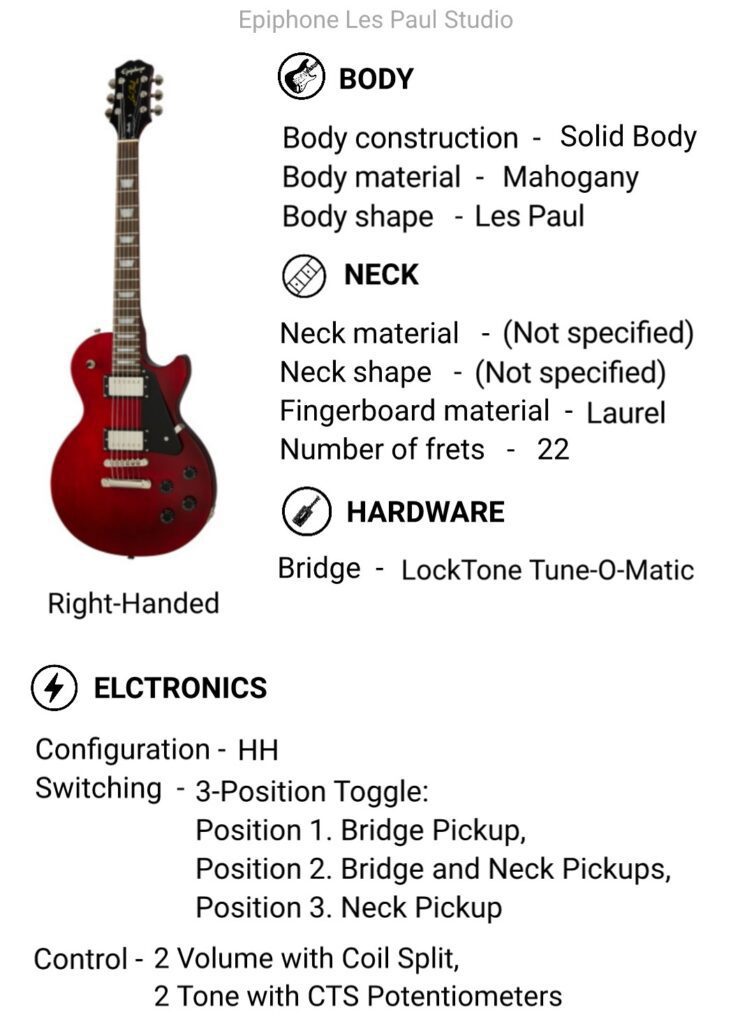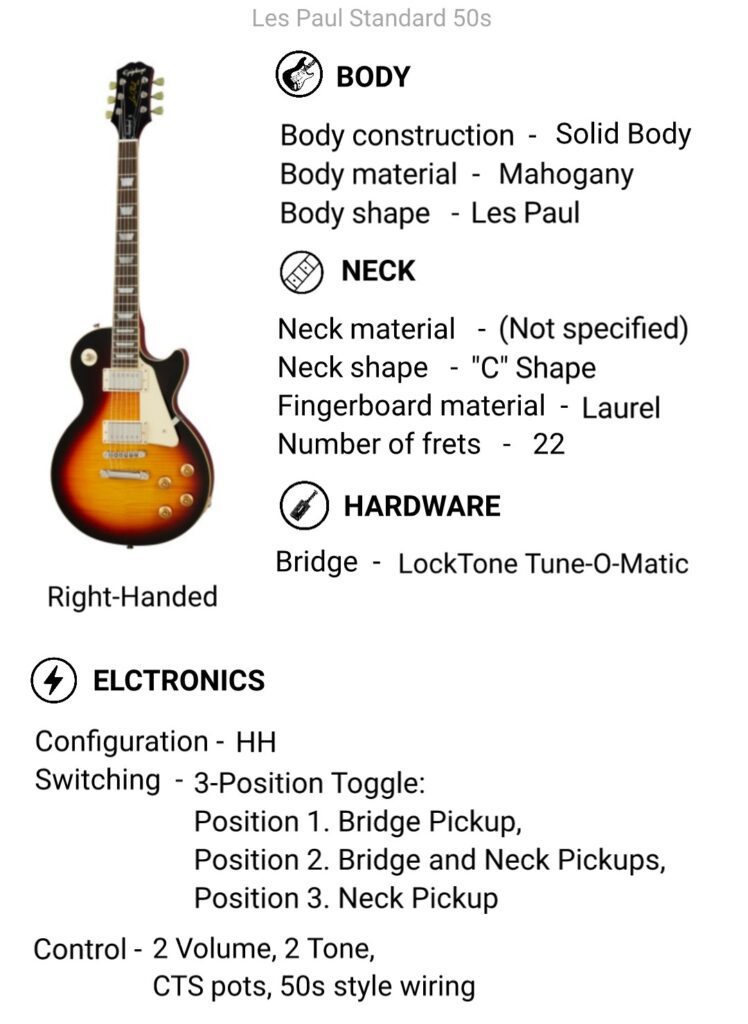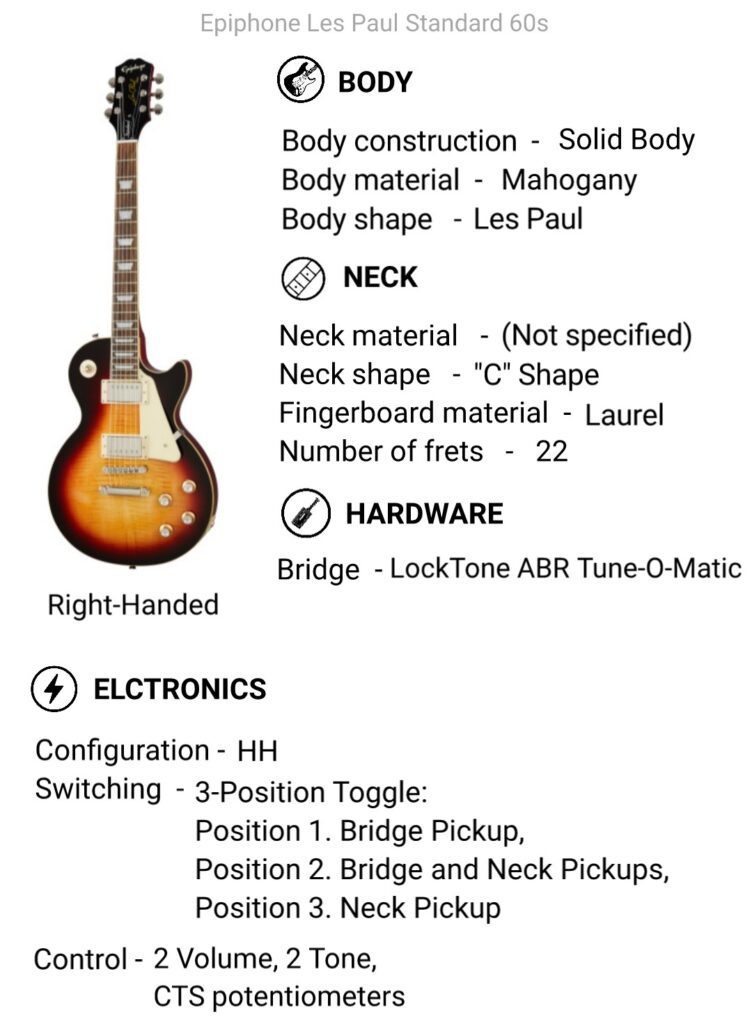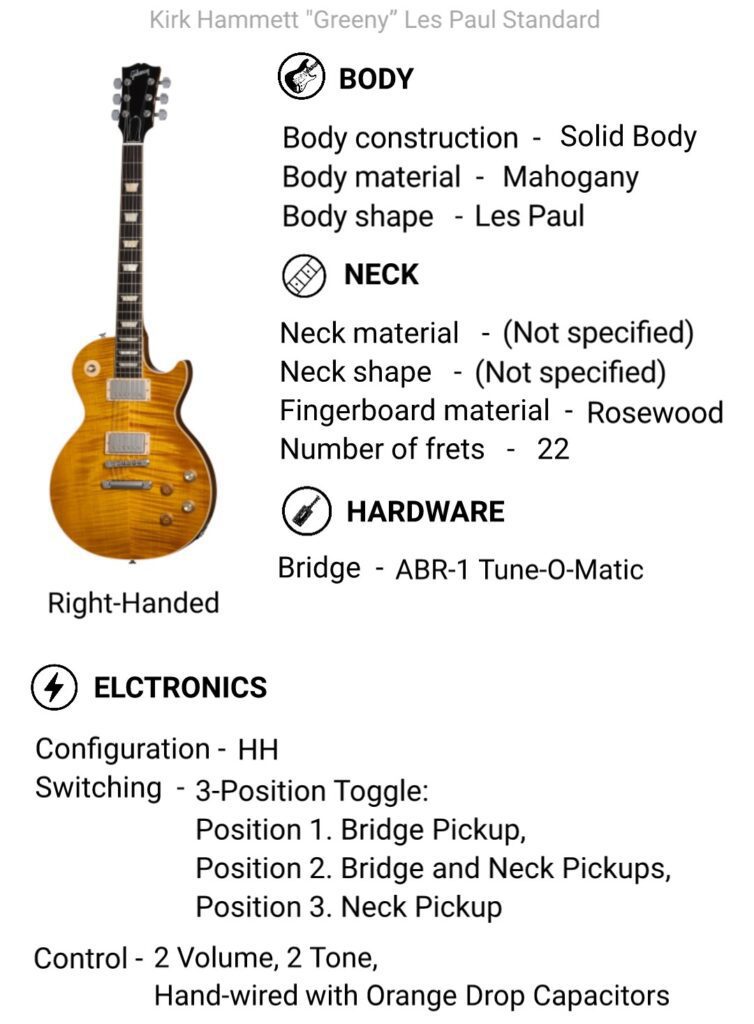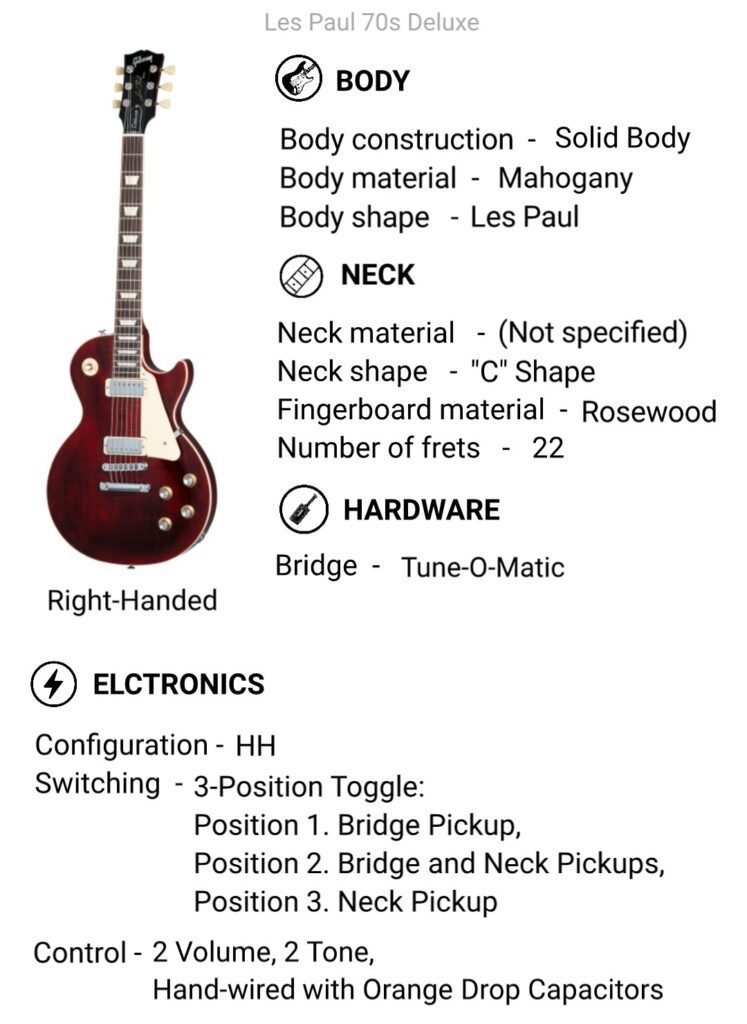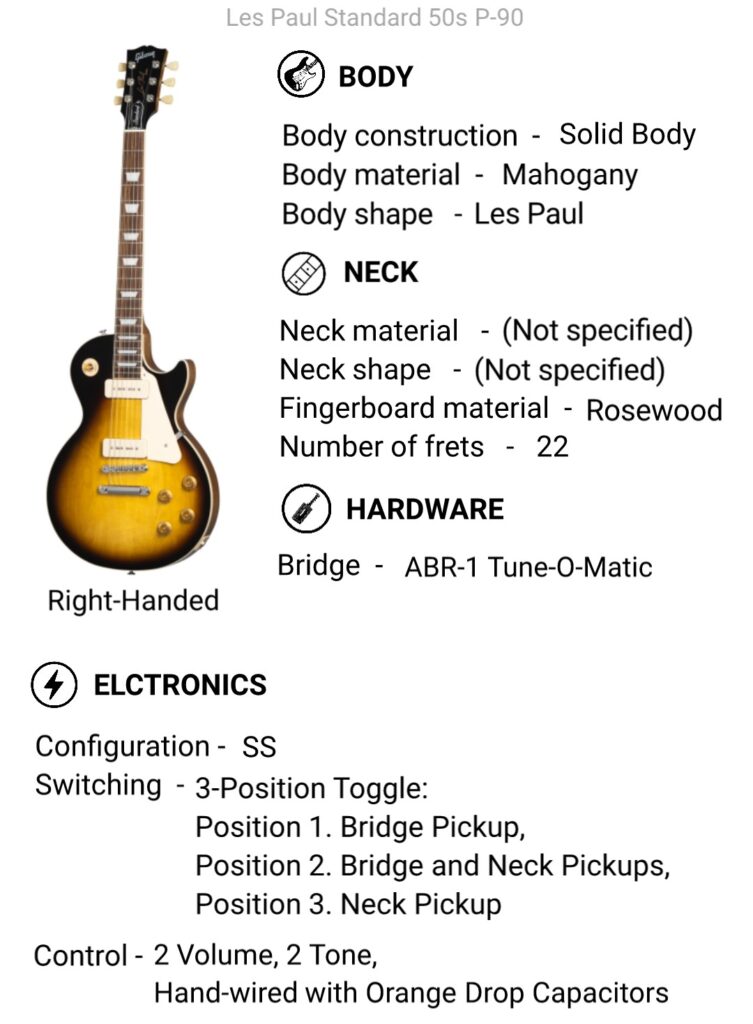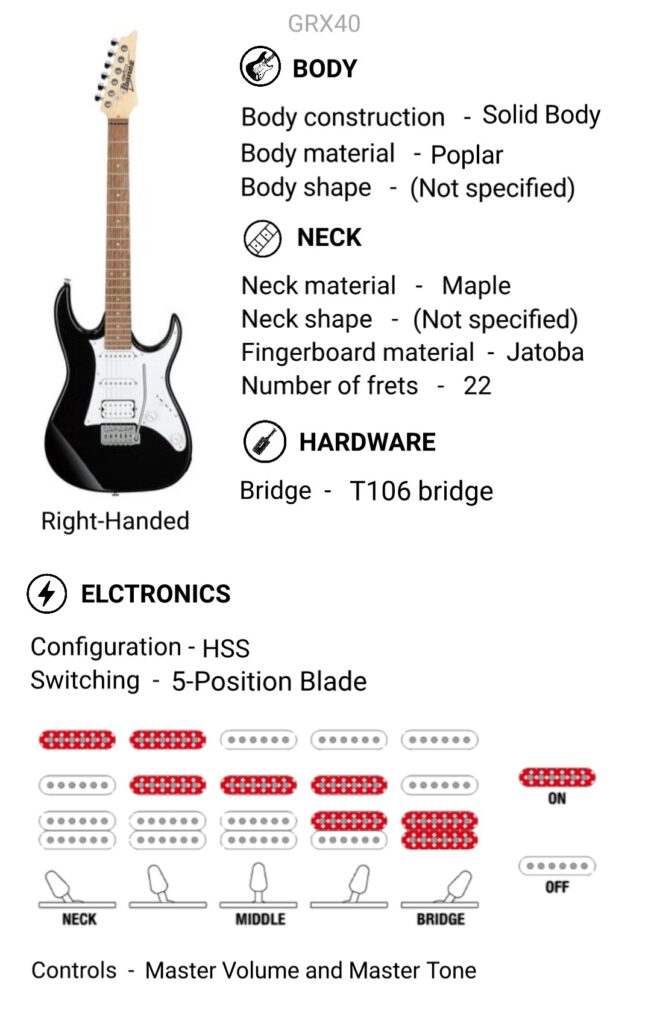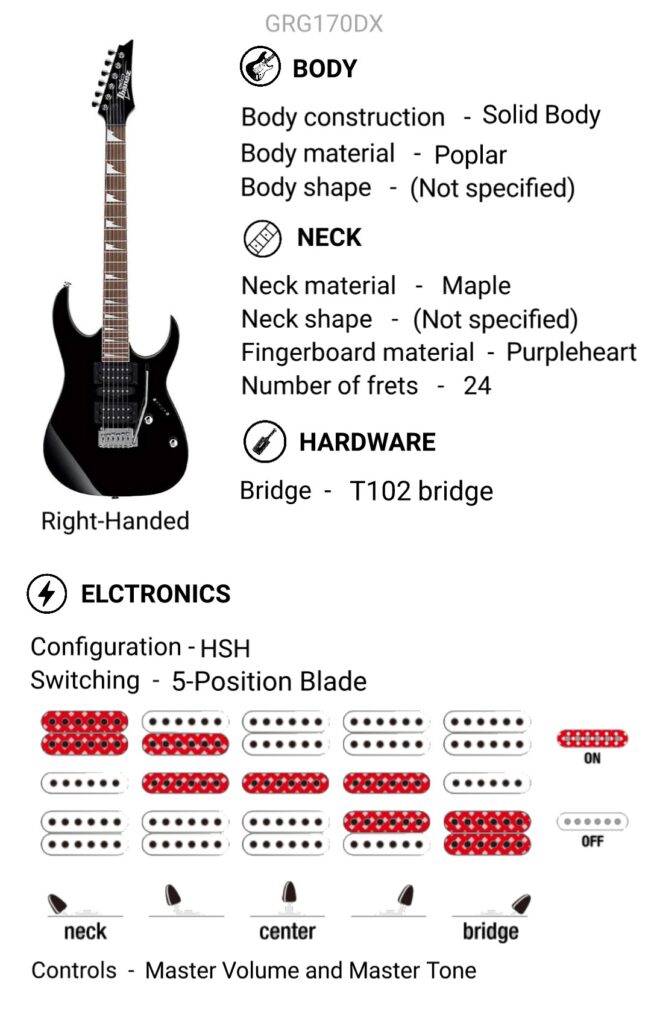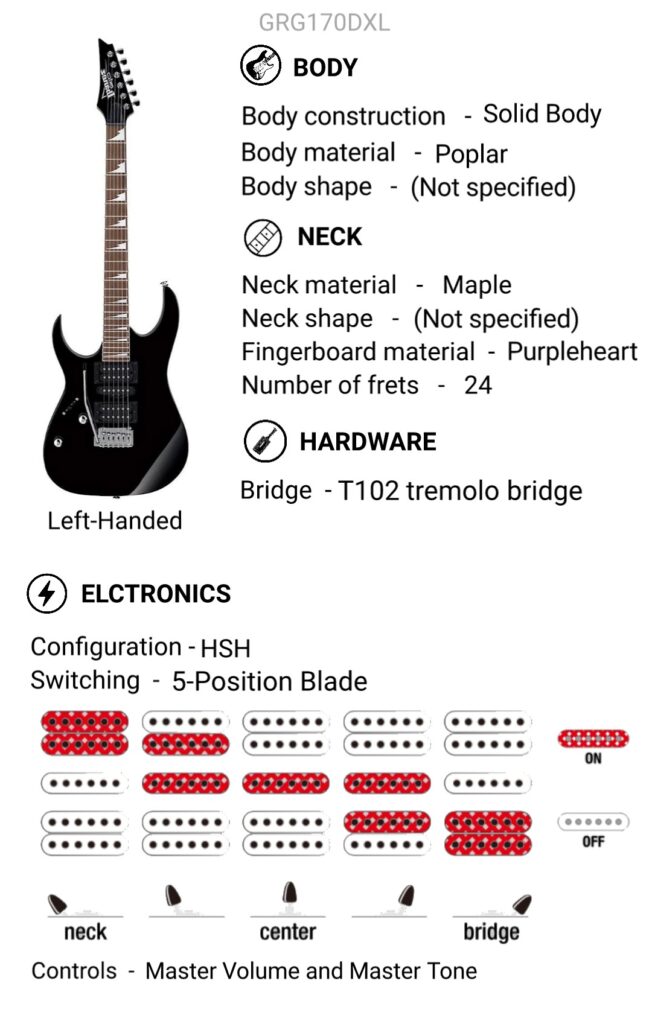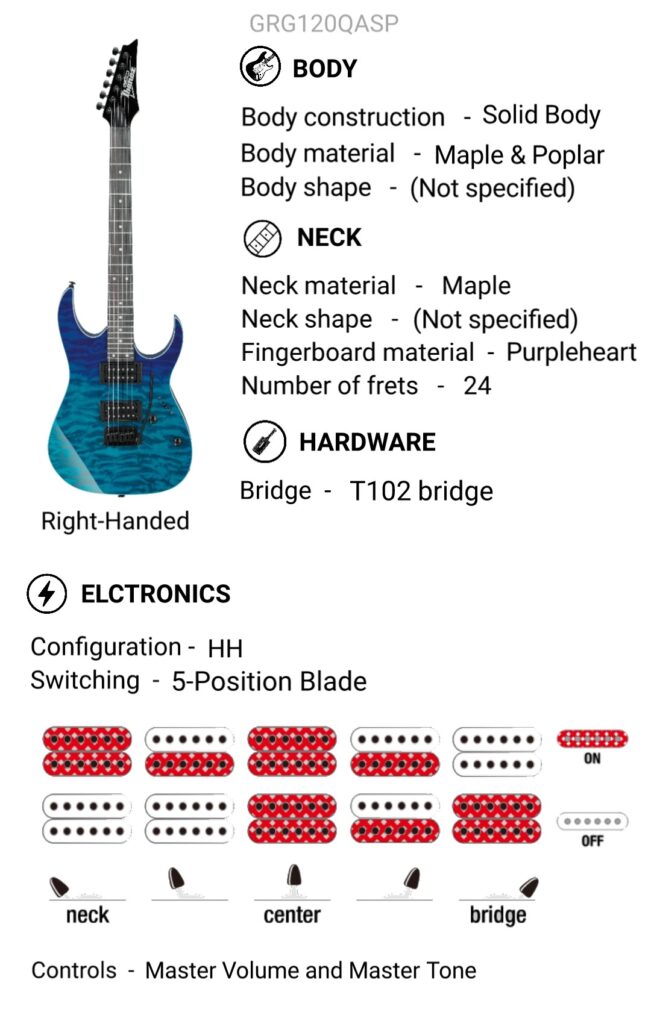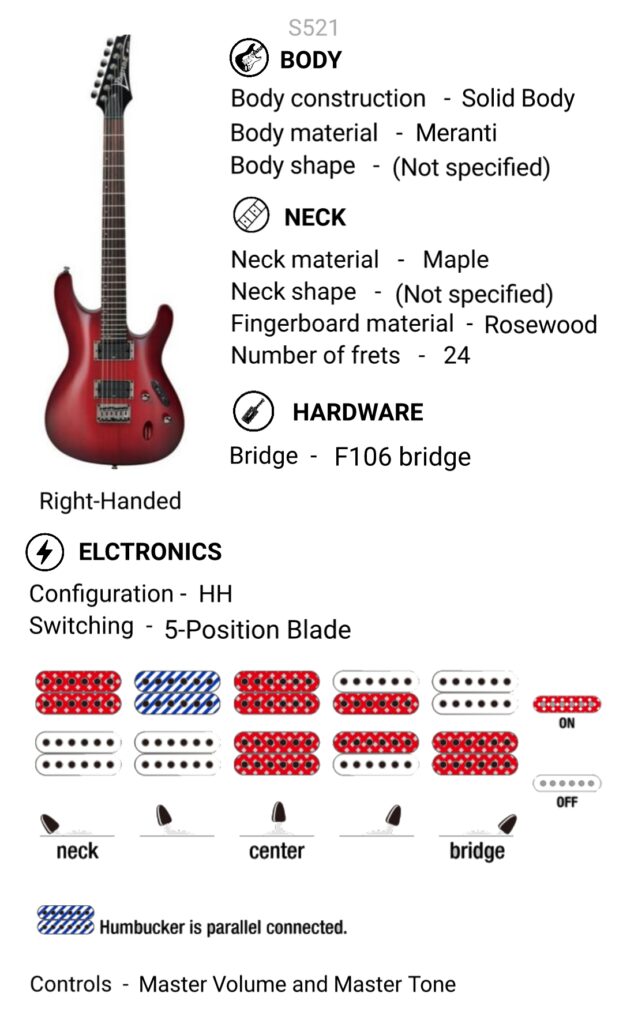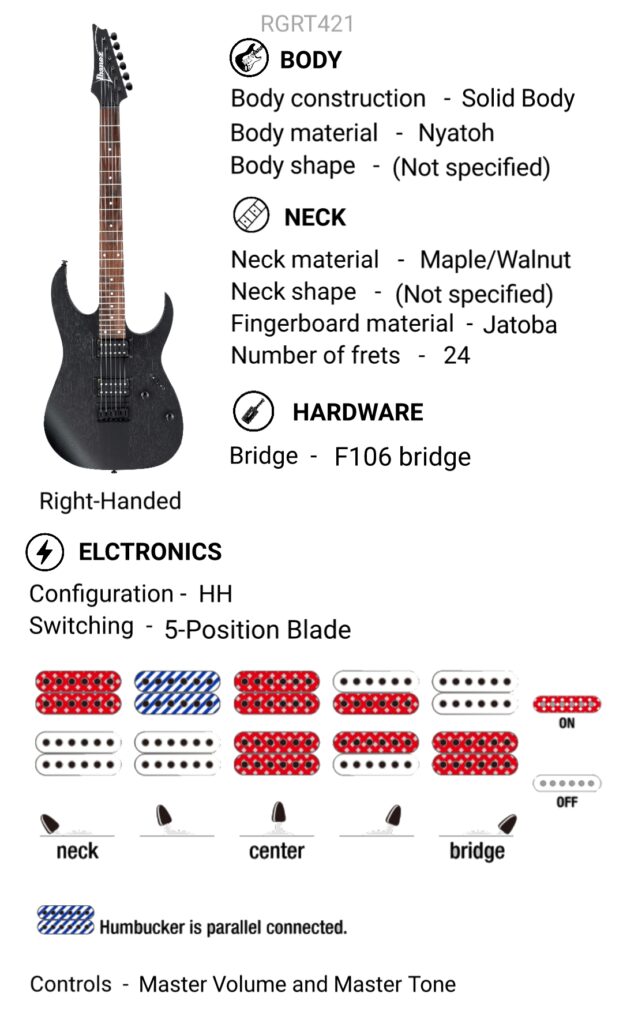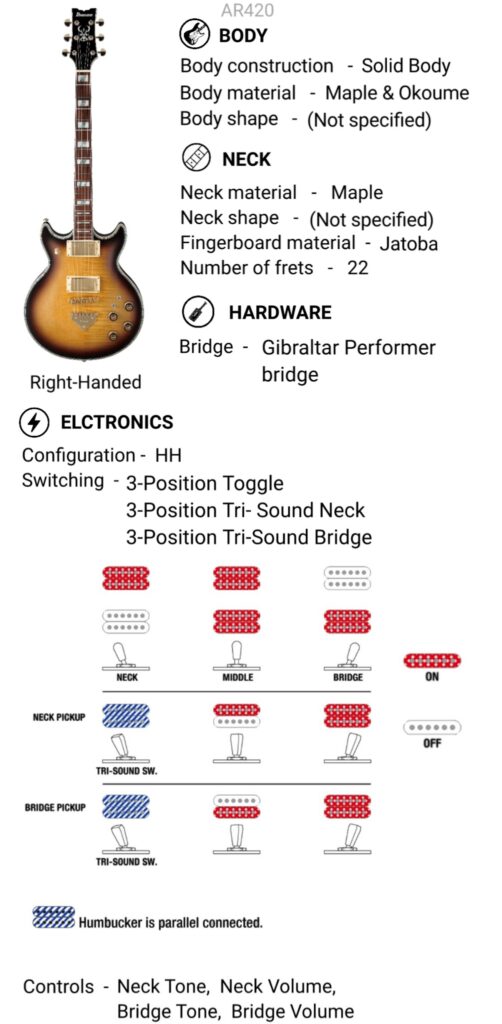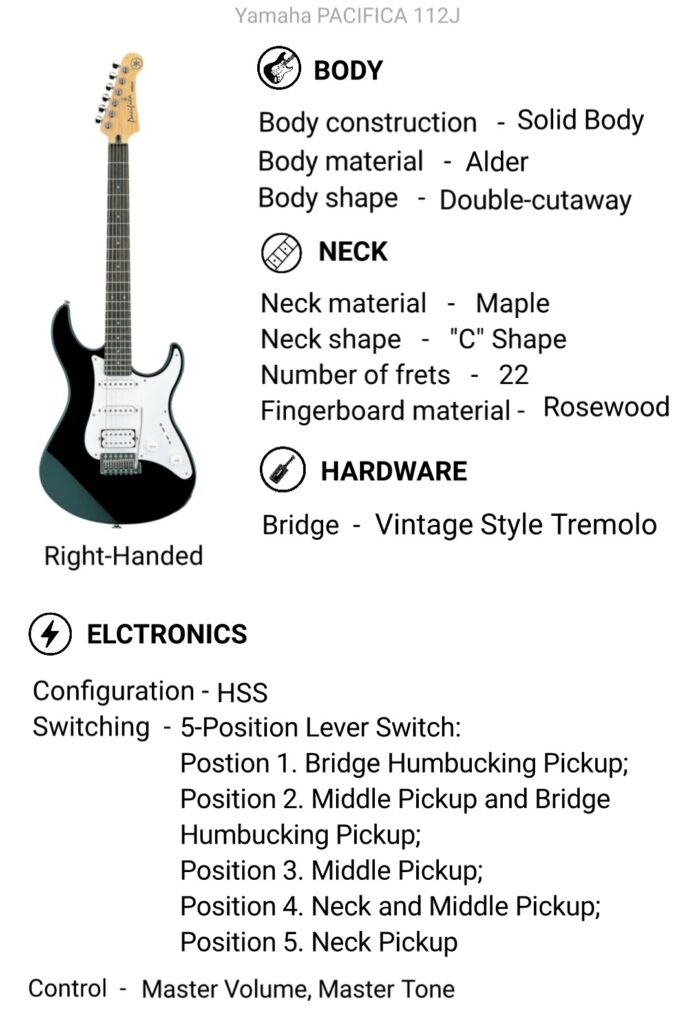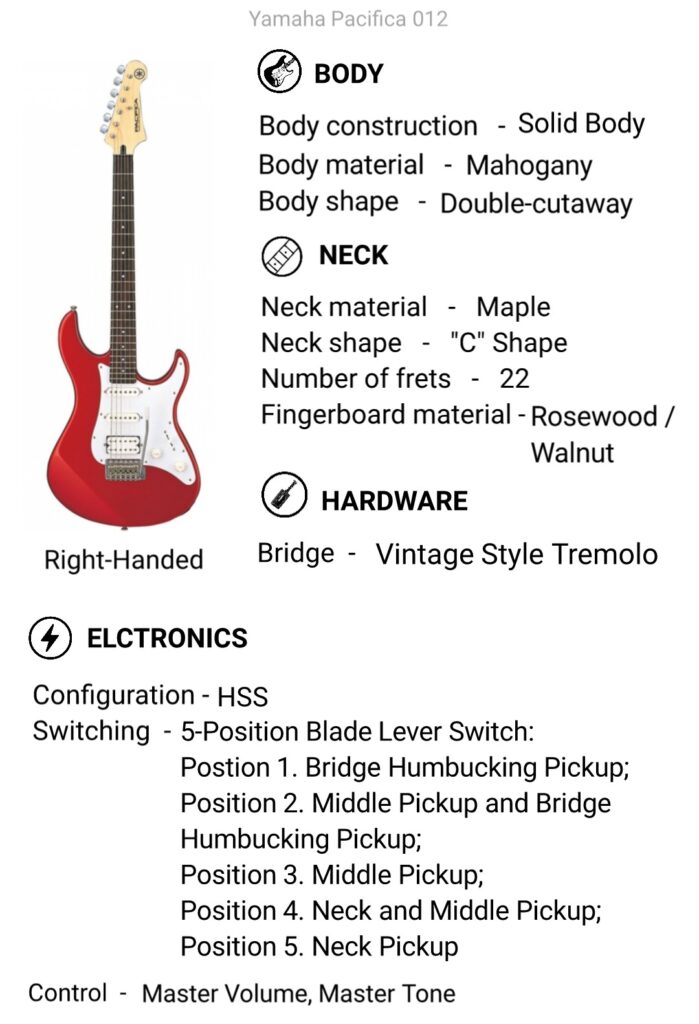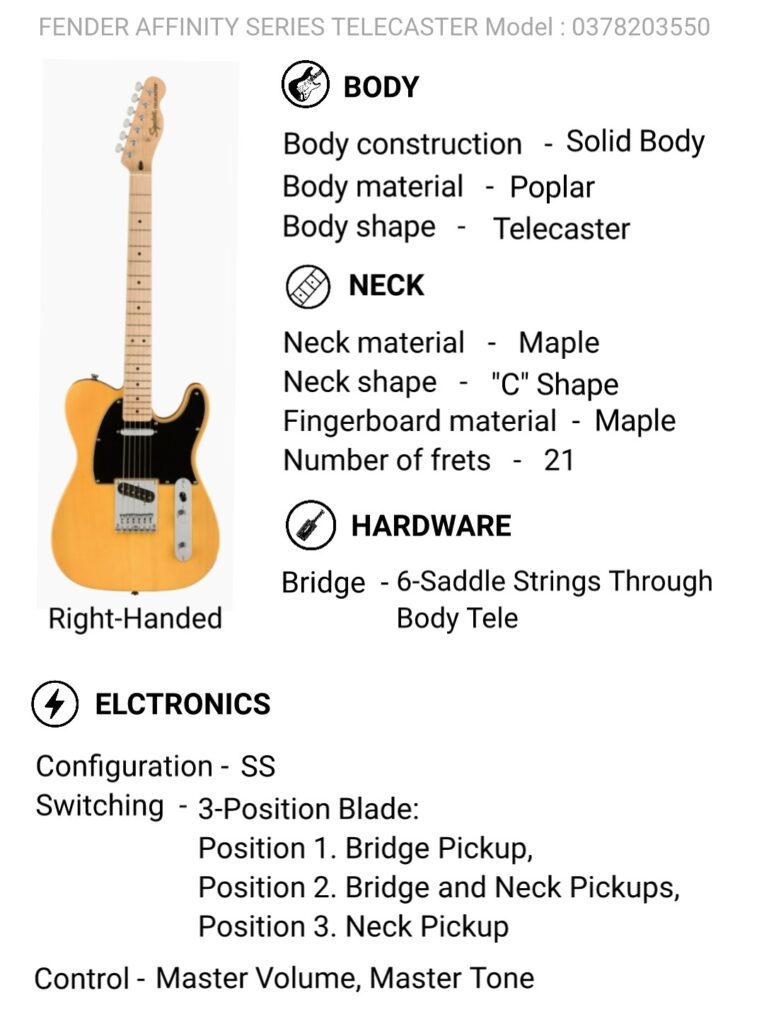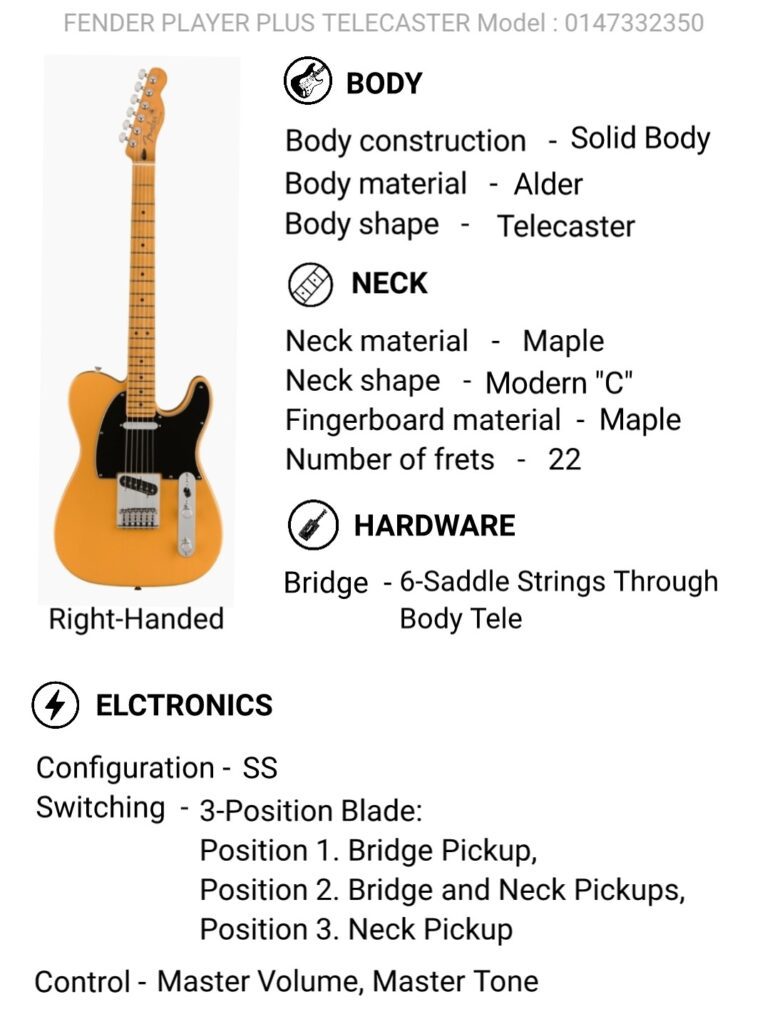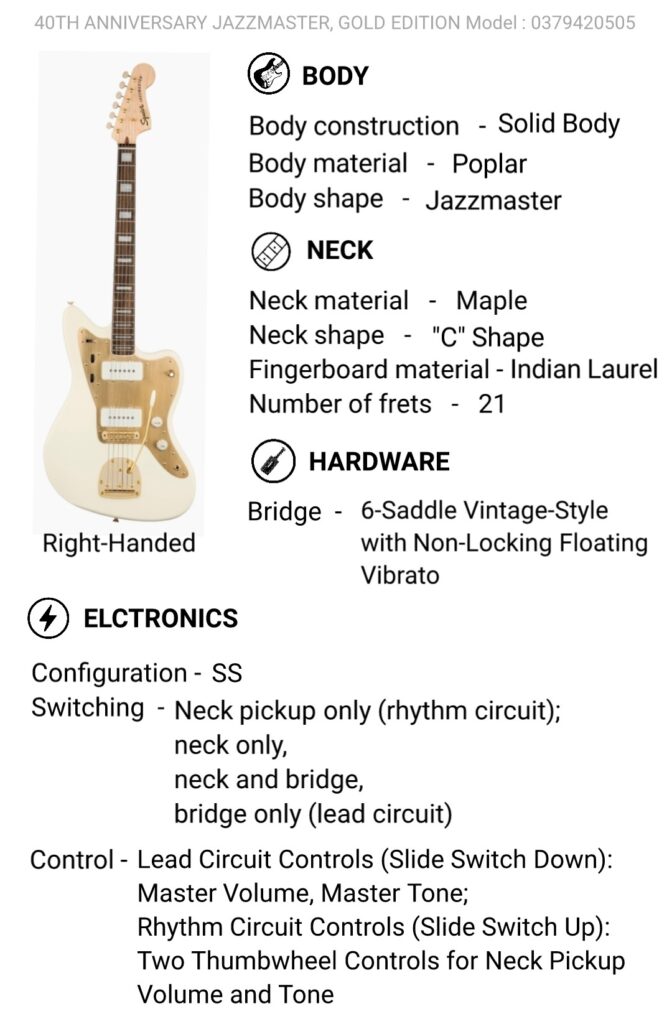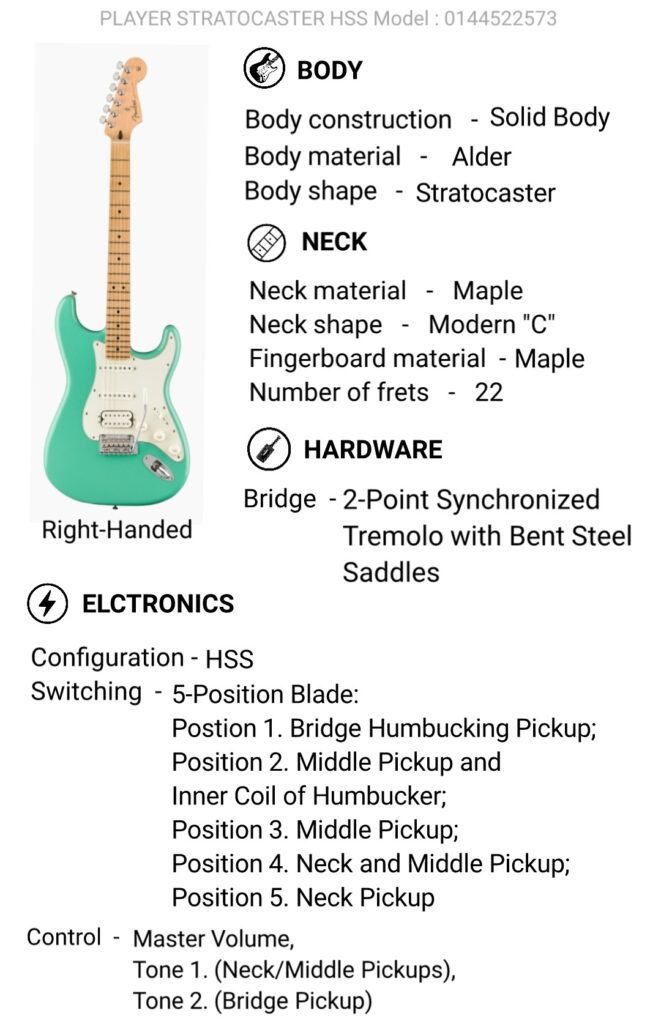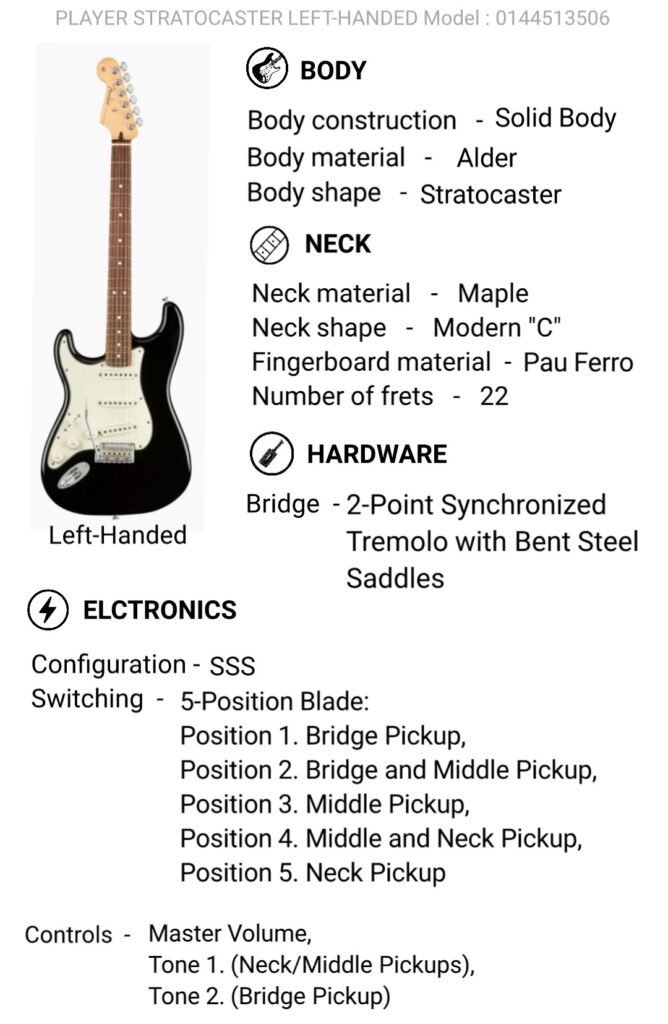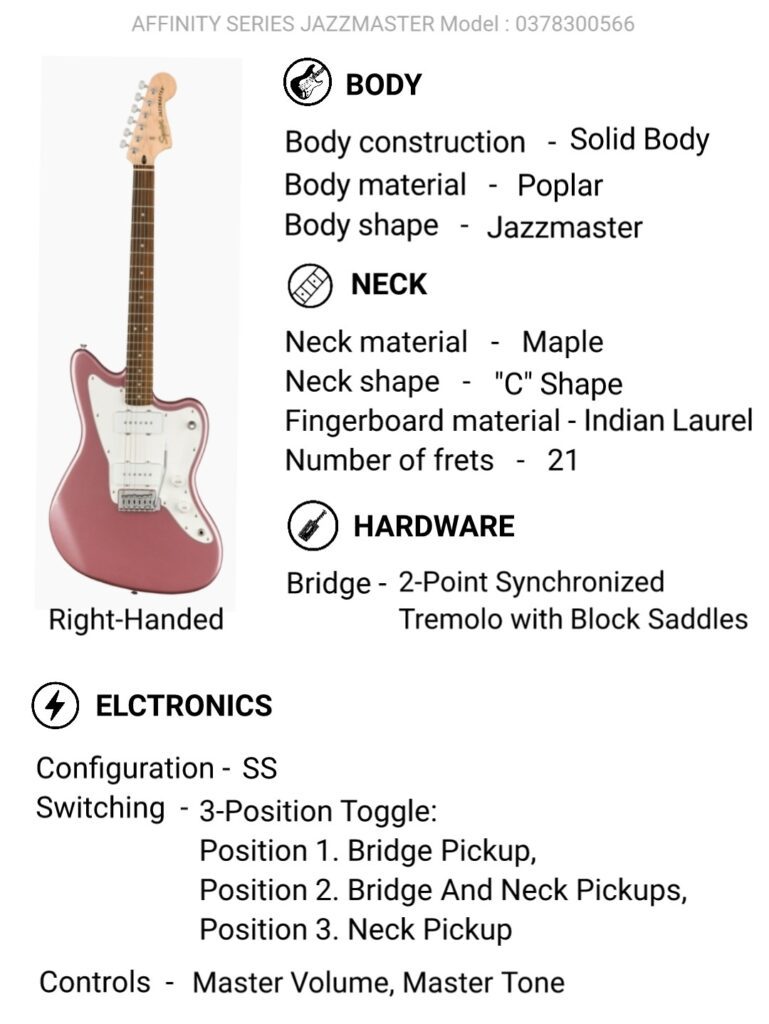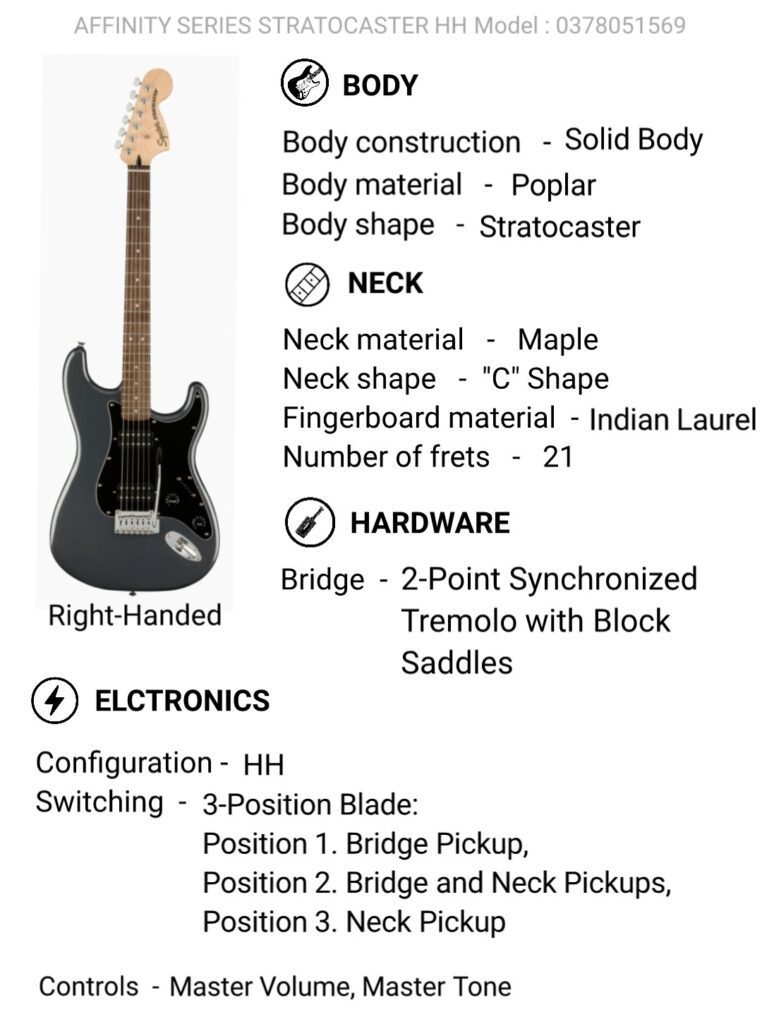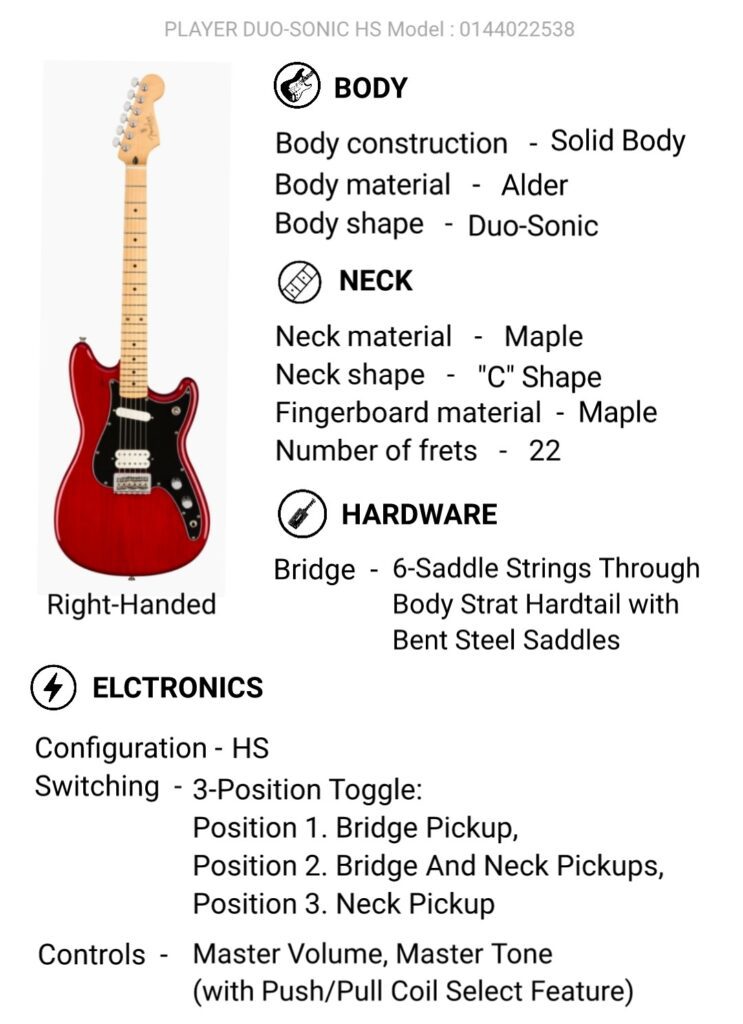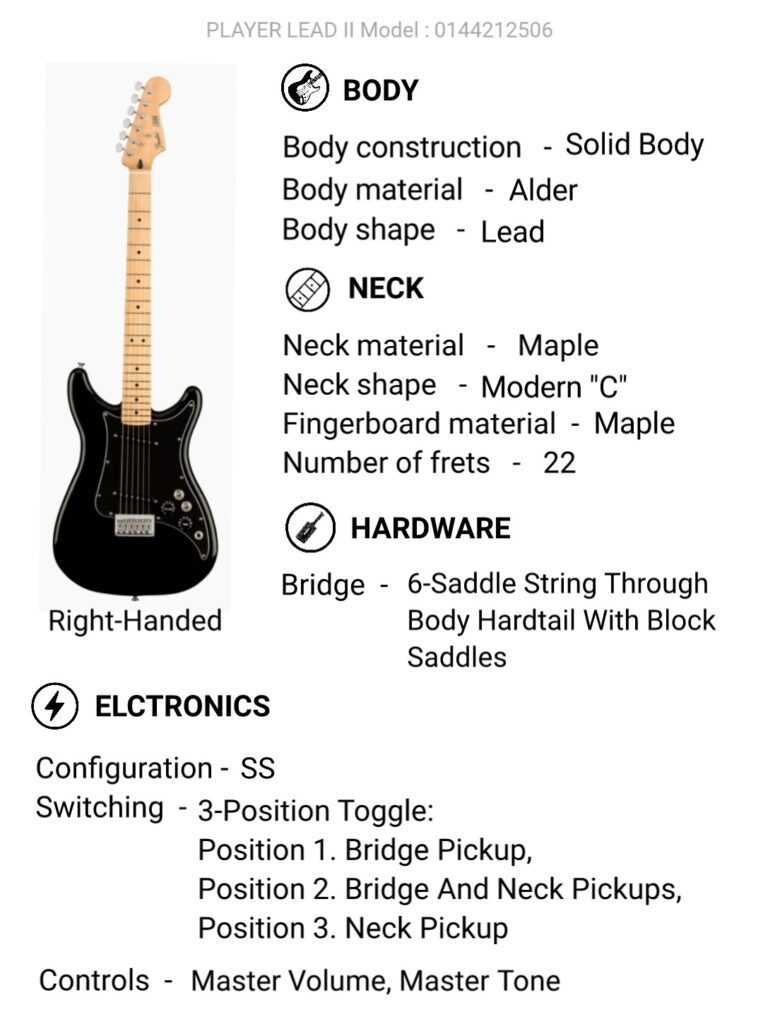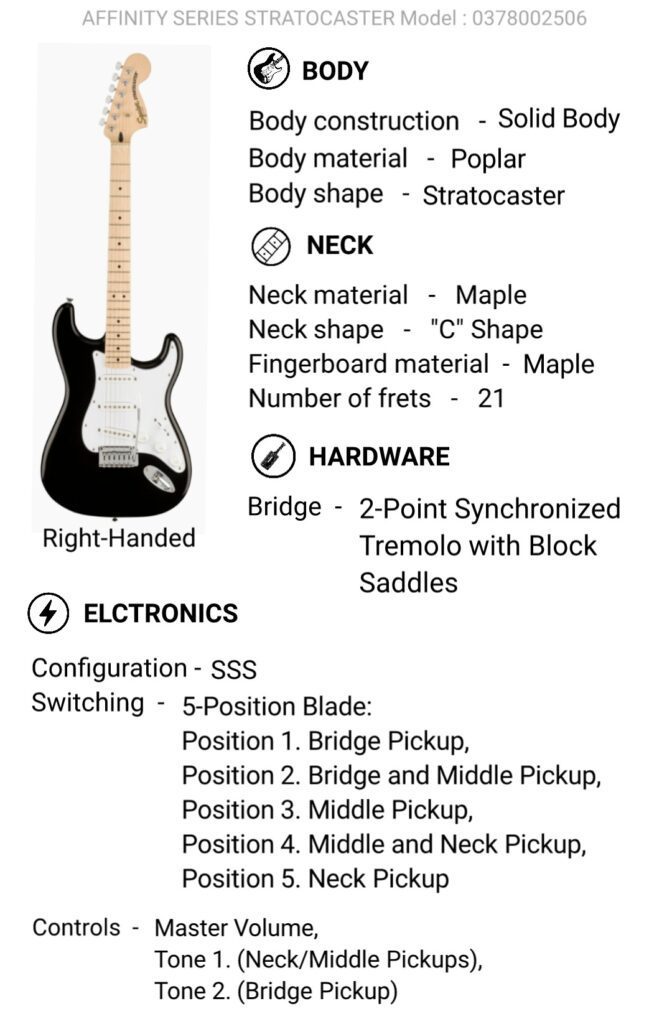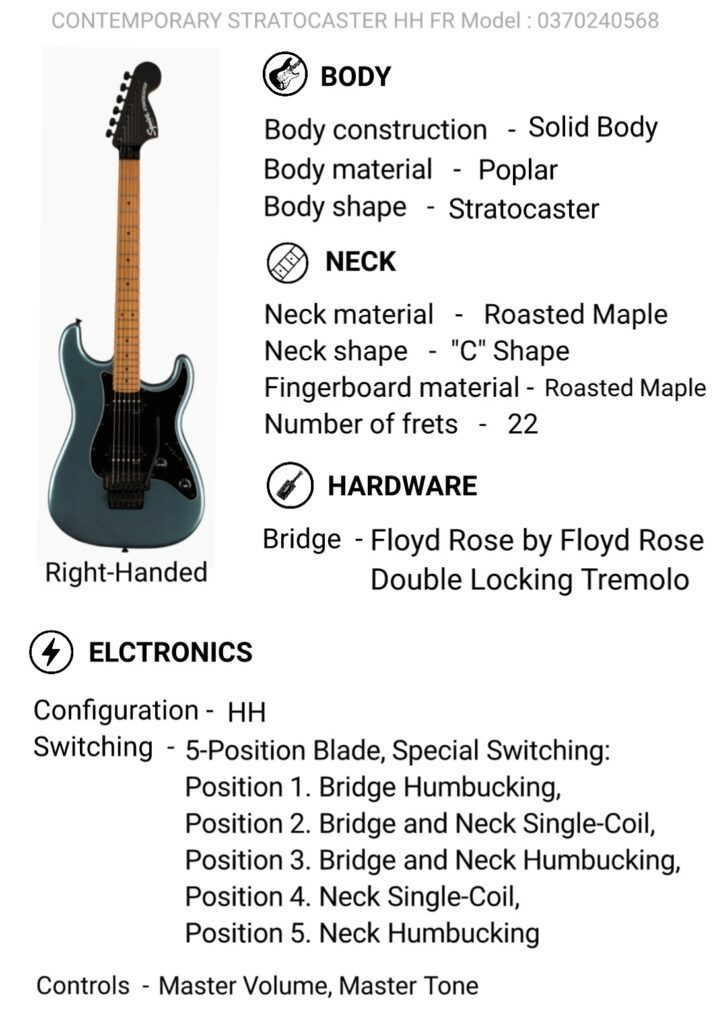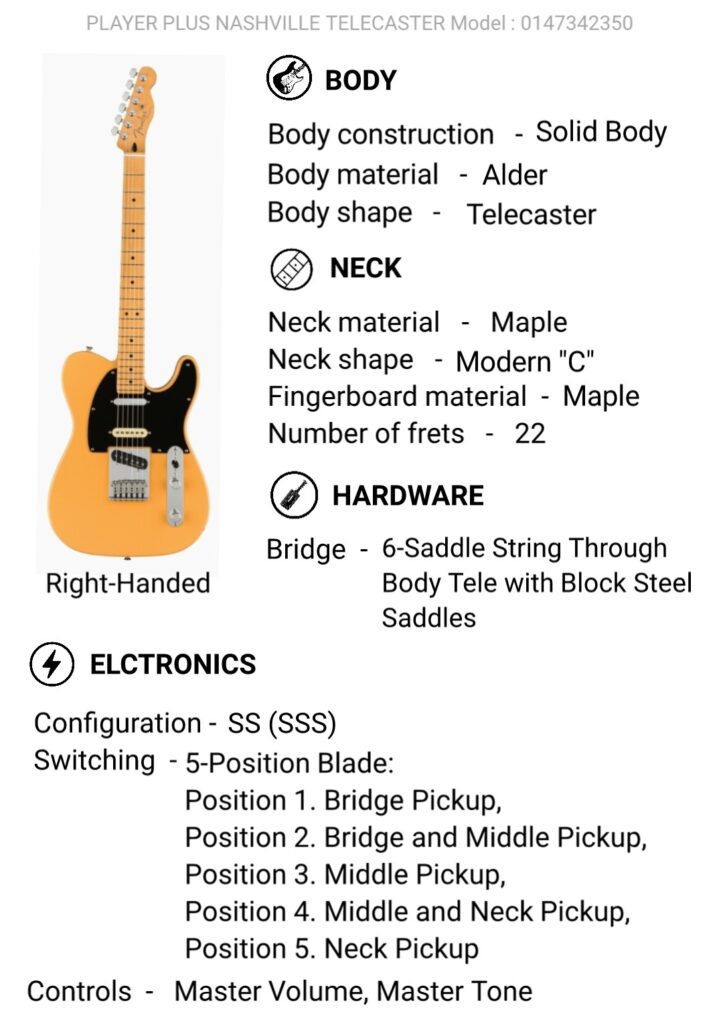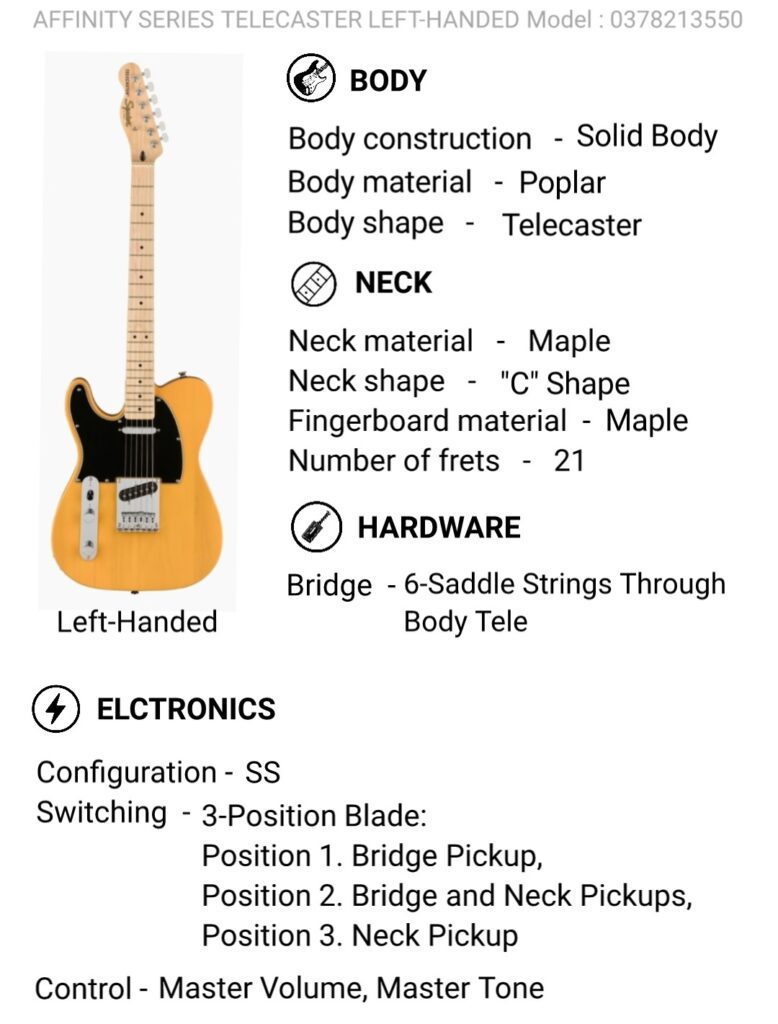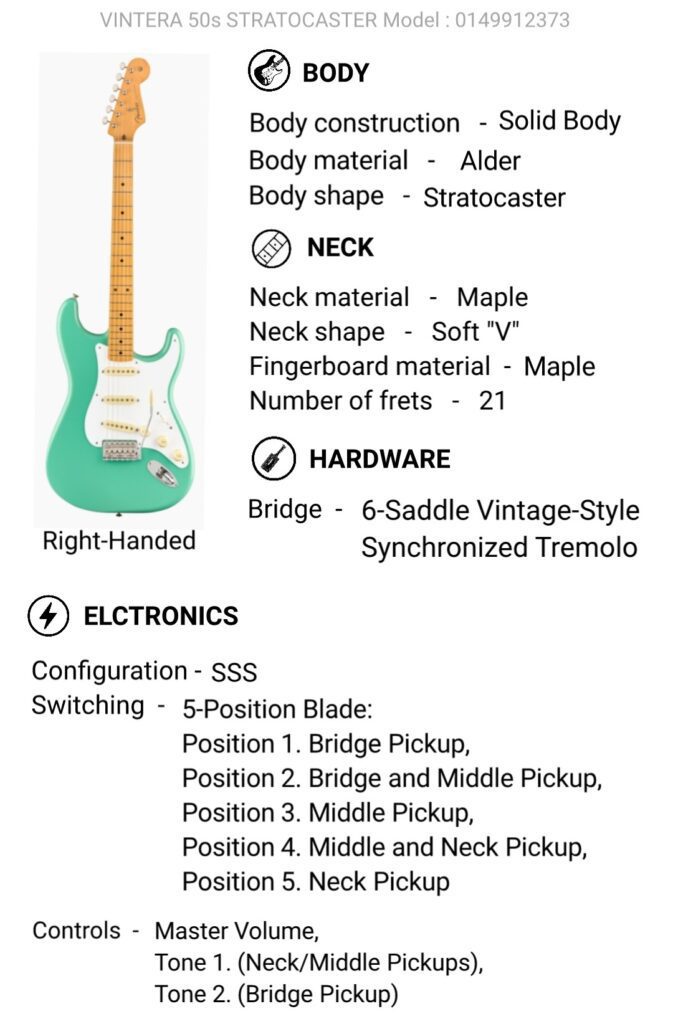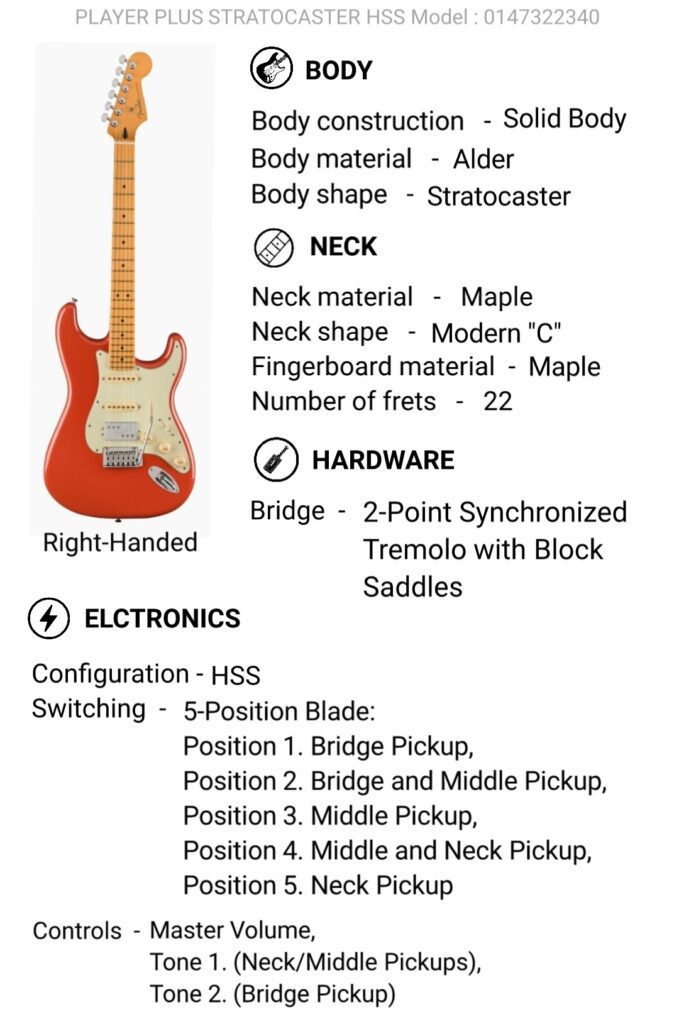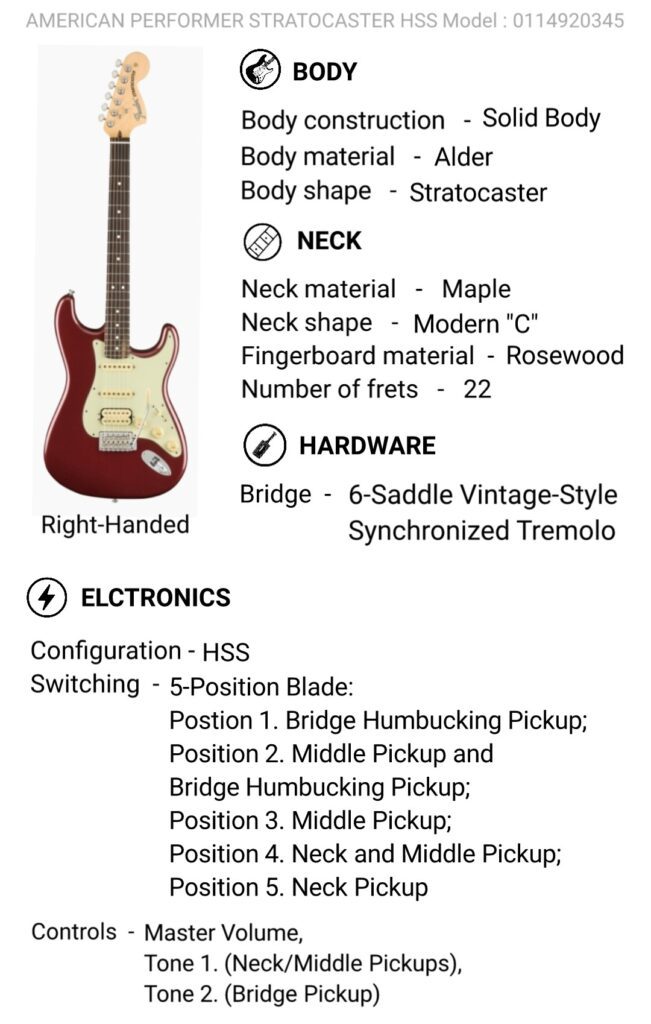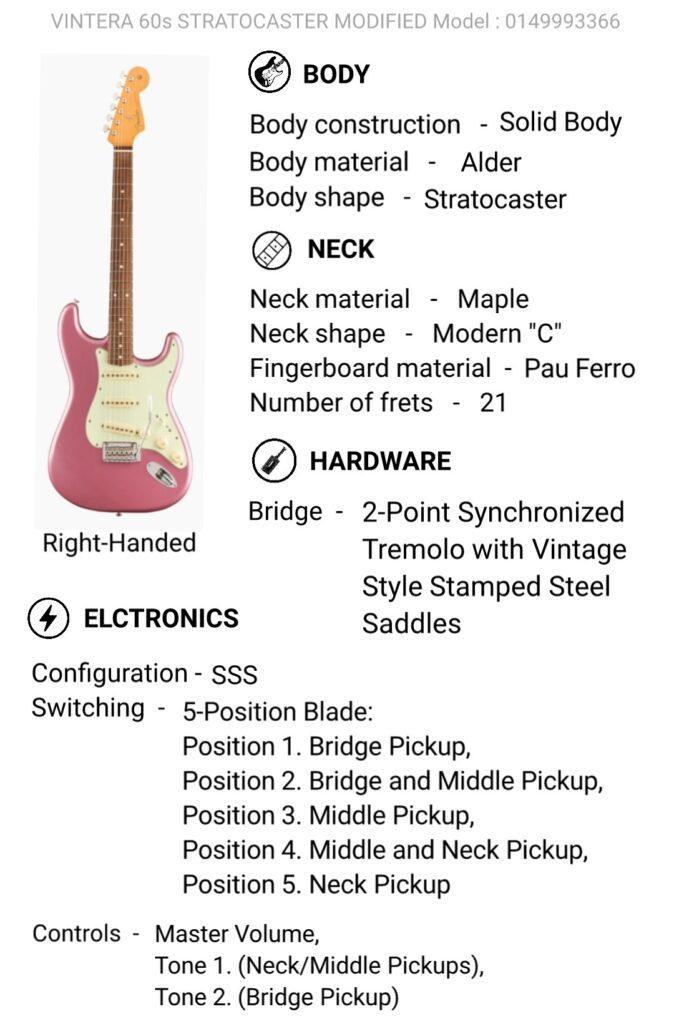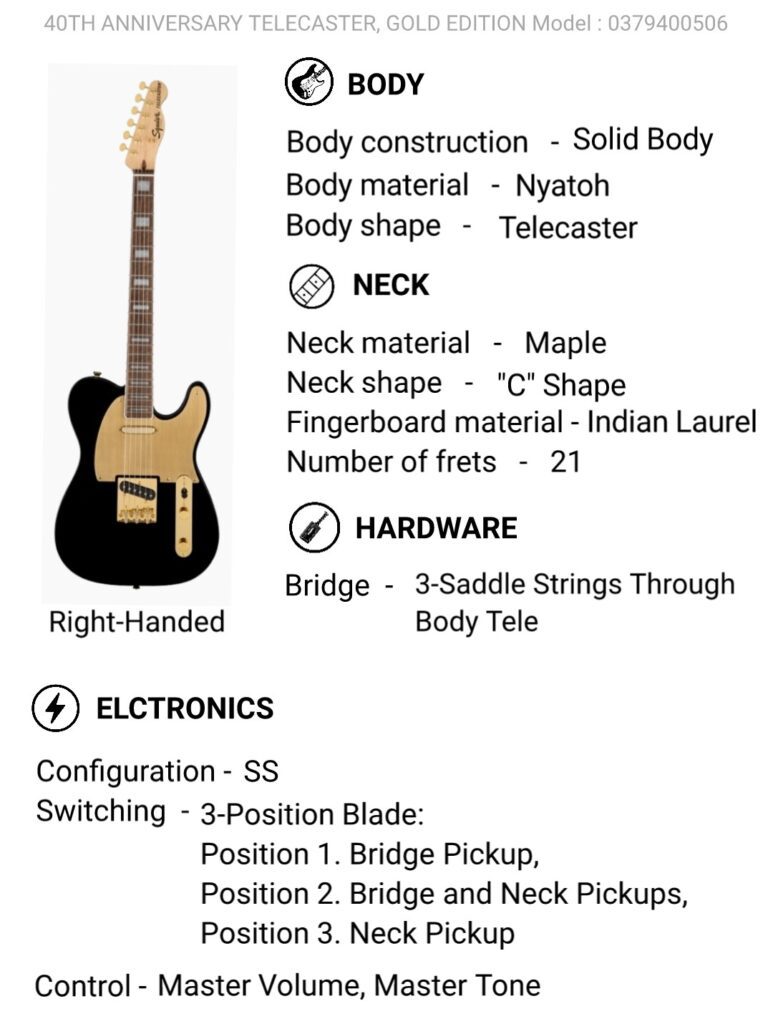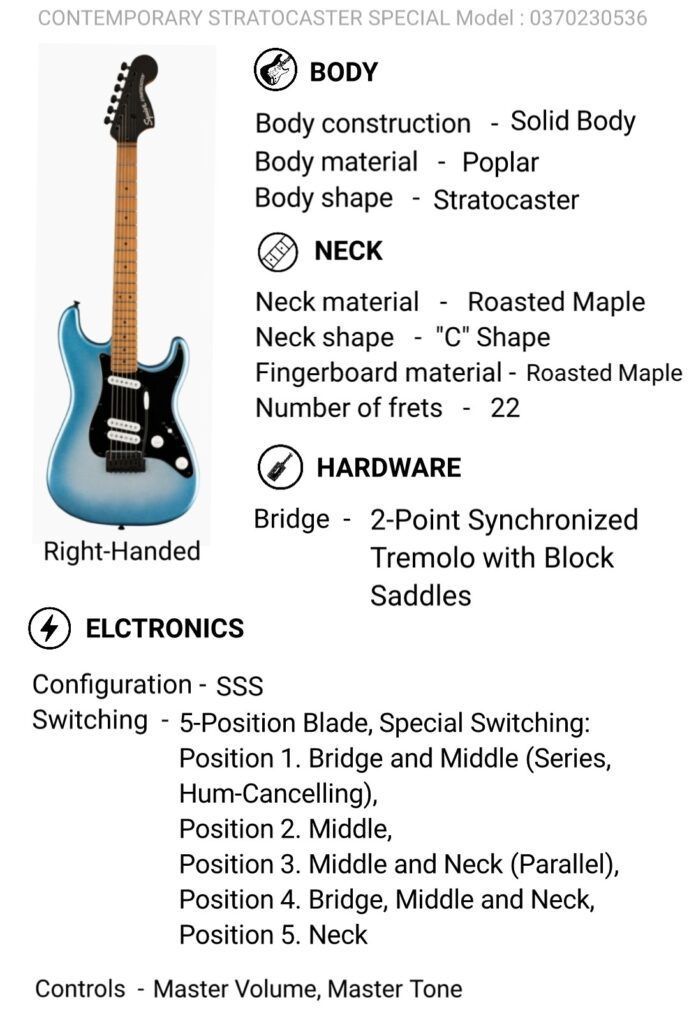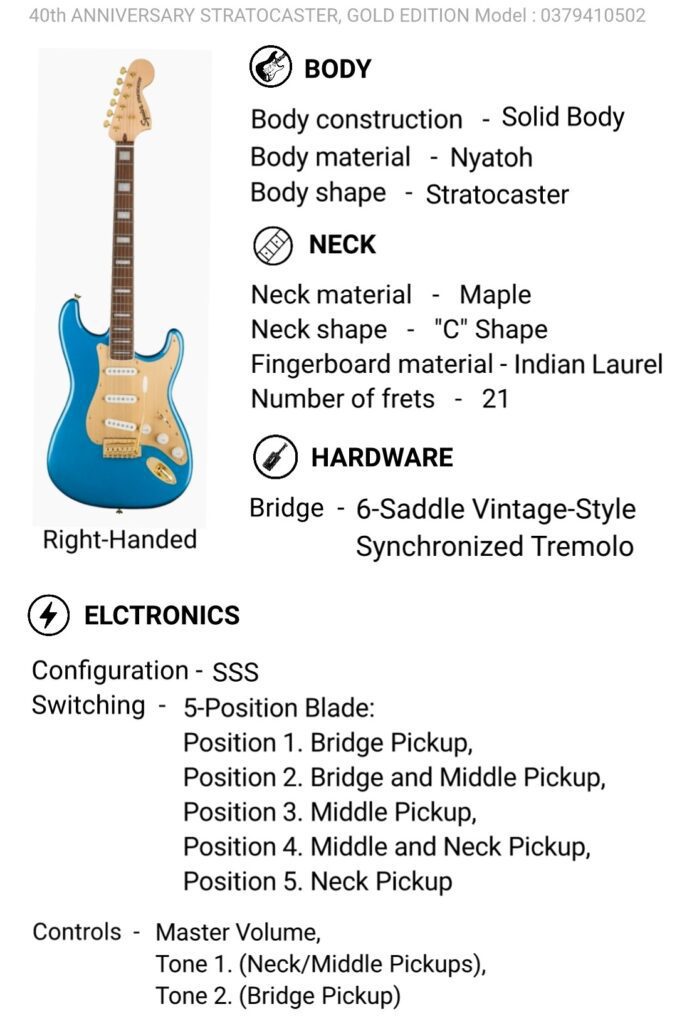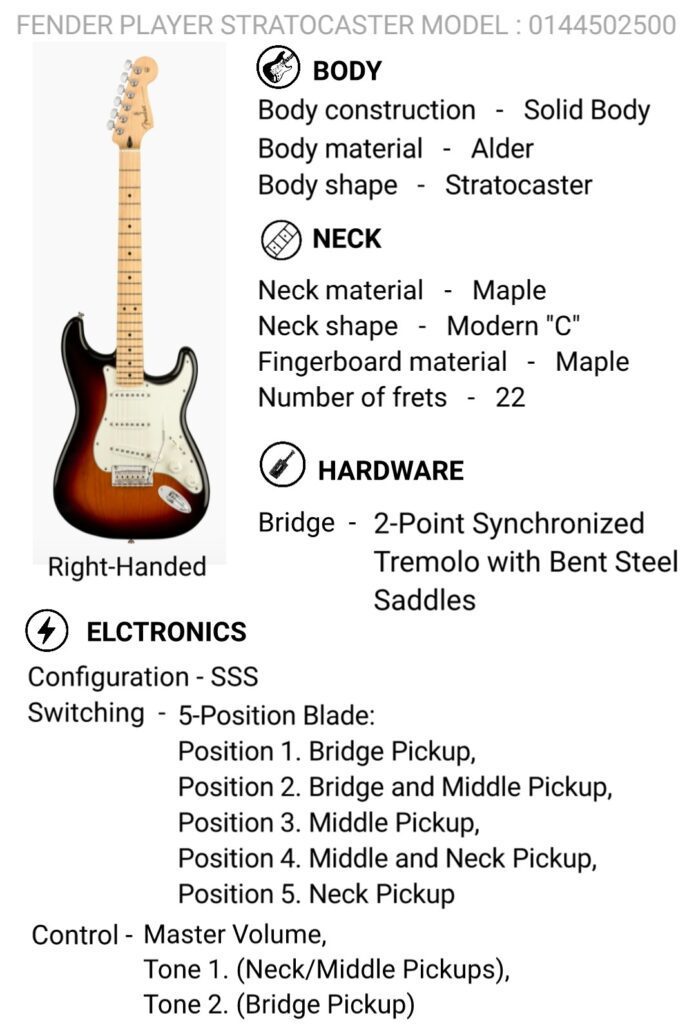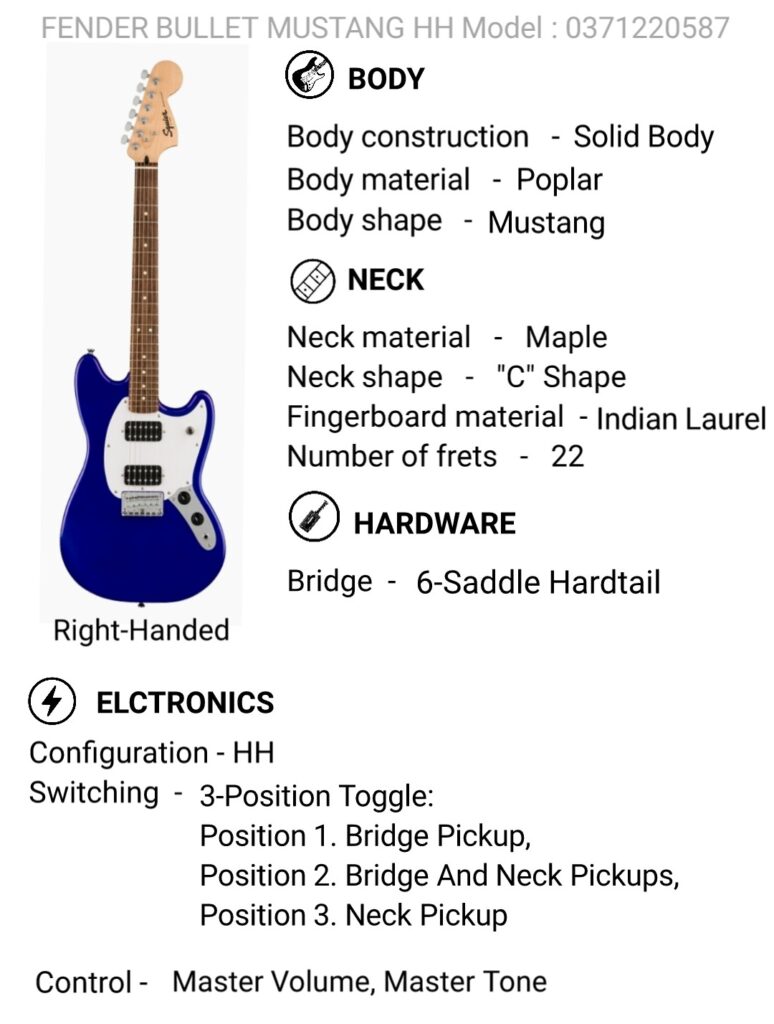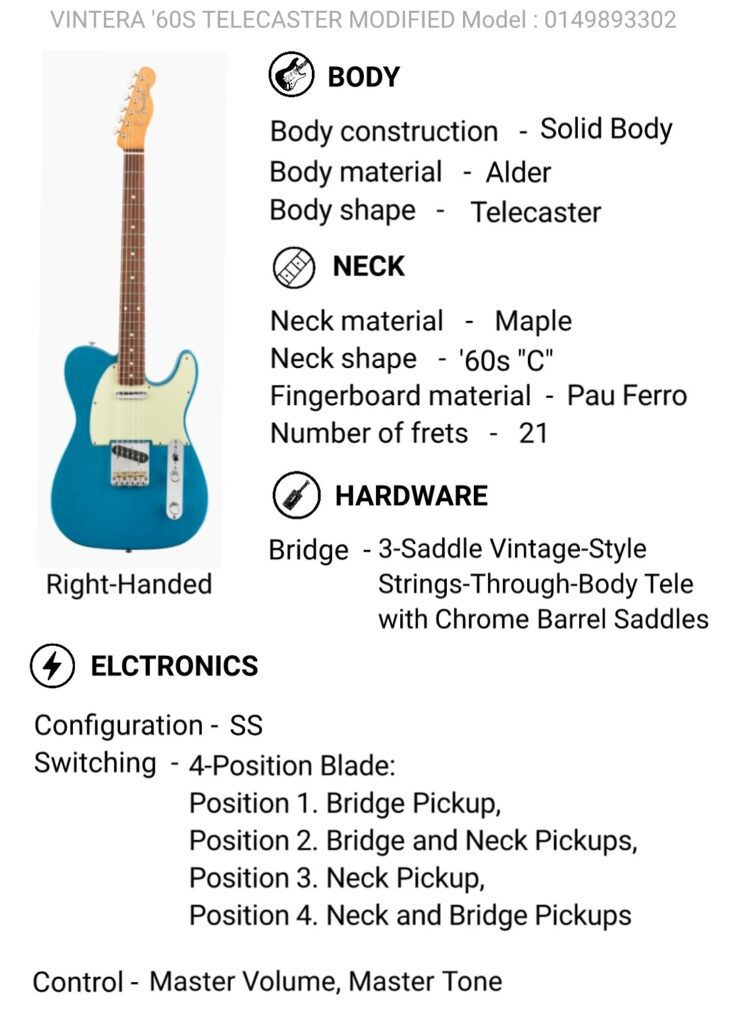list of all Jackson electric guitars with prices, specifications and features from difference online
stores at infinicisum.net
Jackson X Series Dinky DK3XR HSS

Read More
 Amazon.in
Amazon.in  ₹ 60,100
₹ 60,100  Go To Store
Go To Store
 Amazon.in
Amazon.in  ₹ 60,100
₹ 60,100  Go To Store
Go To Store
 Amazon.com
Amazon.com  $ 726
$ 726  Go To Store
Go To Store
 Amazon.com
Amazon.com  $ 726
$ 726  Go To Store
Go To Store
 Guitar Center
Guitar Center  $ 599
$ 599  Go To Store
Go To Store
 Guitar Center
Guitar Center  $ 599
$ 599  Go To Store
Go To Store
 Thomann
Thomann  $ 515
$ 515  Go To Store
Go To Store
 Thomann
Thomann  $ 515
$ 515  Go To Store
Go To Store
Jackson JS Series Rhoads JS32
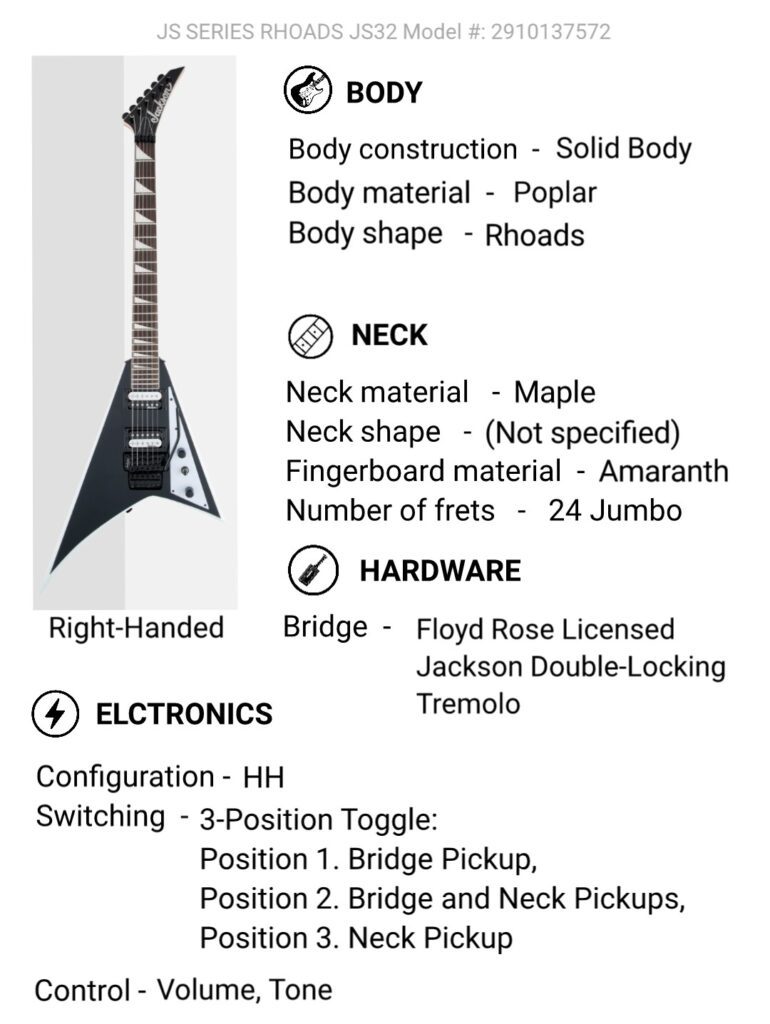
Read More
 Amazon.in
Amazon.in  ₹ 45,144
₹ 45,144  Go To Store
Go To Store
 Amazon.in
Amazon.in  ₹ 45,144
₹ 45,144  Go To Store
Go To Store
 Amazon.com
Amazon.com  $ 546
$ 546  Go To Store
Go To Store
 Amazon.com
Amazon.com  $ 546
$ 546  Go To Store
Go To Store
 Guitar Center
Guitar Center  $ 309
$ 309  Go To Store
Go To Store
 Guitar Center
Guitar Center  $ 309
$ 309  Go To Store
Go To Store
 Thomann
Thomann  $ 325
$ 325  Go To Store
Go To Store
 Thomann
Thomann  $ 325
$ 325  Go To Store
Go To Store
Jackson JS Series Dinky Arch Top JS32Q DKA

Read More
 Amazon.in
Amazon.in  ₹ 44,536
₹ 44,536  Go To Store
Go To Store
 Amazon.in
Amazon.in  ₹ 44,536
₹ 44,536  Go To Store
Go To Store
 Amazon.com
Amazon.com  $ 538
$ 538  Go To Store
Go To Store
 Amazon.com
Amazon.com  $ 538
$ 538  Go To Store
Go To Store
 Guitar Center
Guitar Center  $ 299
$ 299  Go To Store
Go To Store
 Guitar Center
Guitar Center  $ 299
$ 299  Go To Store
Go To Store
 Thomann
Thomann  $ 349
$ 349  Go To Store
Go To Store
 Thomann
Thomann  $ 349
$ 349  Go To Store
Go To Store
Jackson JS Series Warrior JS32
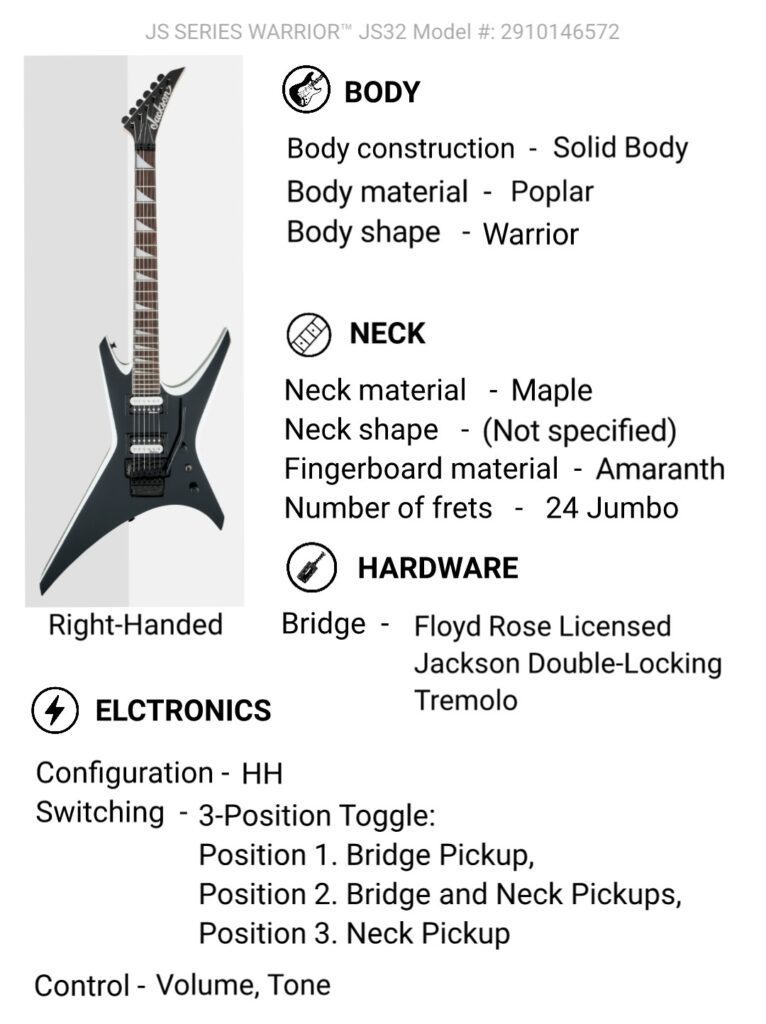
Read More
 Amazon.in
Amazon.in  ₹ 43,639
₹ 43,639  Go To Store
Go To Store
 Amazon.in
Amazon.in  ₹ 43,639
₹ 43,639  Go To Store
Go To Store
 Amazon.com
Amazon.com  $ 527
$ 527  Go To Store
Go To Store
 Amazon.com
Amazon.com  $ 527
$ 527  Go To Store
Go To Store
 Guitar Center
Guitar Center  $ 429
$ 429  Go To Store
Go To Store
 Guitar Center
Guitar Center  $ 429
$ 429  Go To Store
Go To Store
 Thomann
Thomann  $ 315
$ 315  Go To Store
Go To Store
 Thomann
Thomann  $ 315
$ 315  Go To Store
Go To Store
Jackson JS Series King V JS32
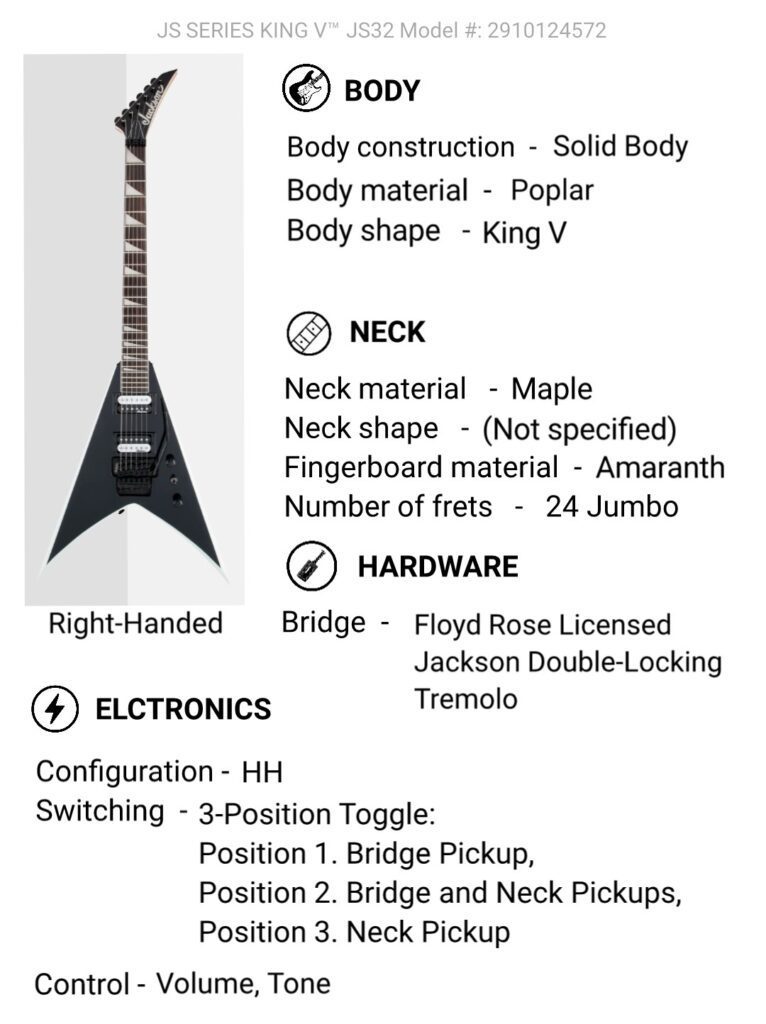
Read More
 Amazon.in
Amazon.in  ₹ 42,765
₹ 42,765  Go To Store
Go To Store
 Amazon.in
Amazon.in  ₹ 42,765
₹ 42,765  Go To Store
Go To Store
 Amazon.com
Amazon.com  $ 517
$ 517  Go To Store
Go To Store
 Amazon.com
Amazon.com  $ 517
$ 517  Go To Store
Go To Store
 Guitar Center
Guitar Center  $ 429
$ 429  Go To Store
Go To Store
 Thomann
Thomann  $ 315
$ 315  Go To Store
Go To Store
 Thomann
Thomann  $ 315
$ 315  Go To Store
Go To Store
Jackson JS Series Dinky Arch Top JS32 DKAM
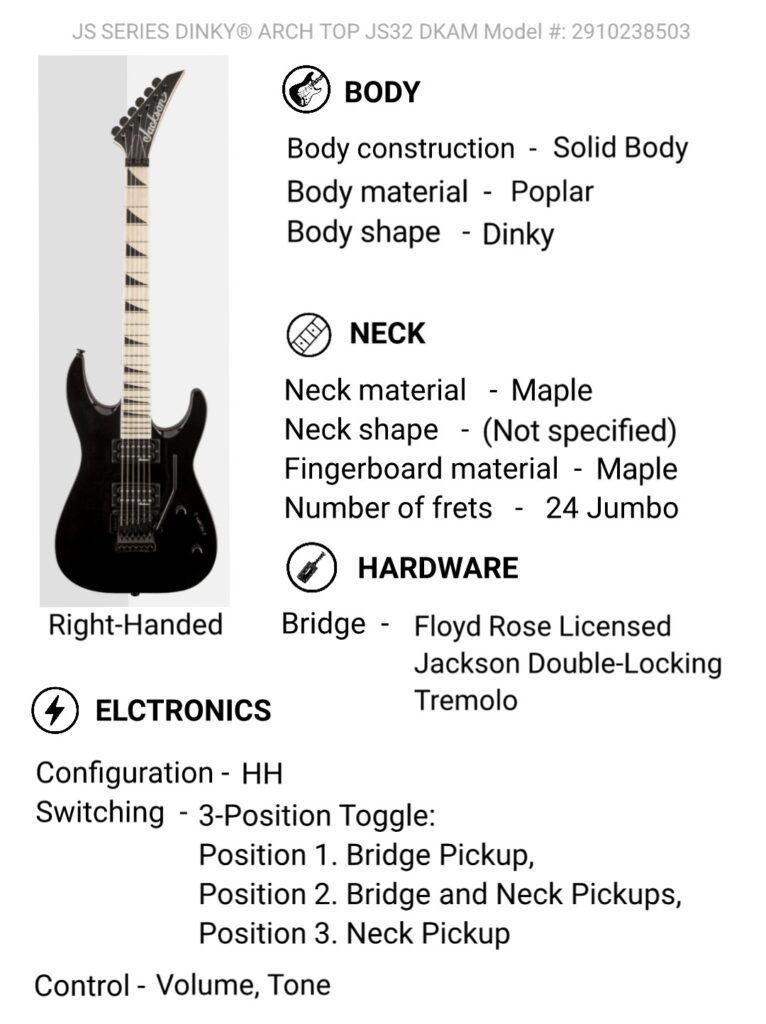
Read More
 Amazon.in
Amazon.in  ₹ 37,848
₹ 37,848  Go To Store
Go To Store
 Amazon.in
Amazon.in  ₹ 37,848
₹ 37,848  Go To Store
Go To Store
 Amazon.com
Amazon.com  $ 457
$ 457  Go To Store
Go To Store
 Amazon.com
Amazon.com  $ 457
$ 457  Go To Store
Go To Store
 Guitar Center
Guitar Center  $ 399
$ 399  Go To Store
Go To Store
 Thomann
Thomann  $ 298
$ 298  Go To Store
Go To Store
 Thomann
Thomann  $ 298
$ 298  Go To Store
Go To Store
Jackson JS Series Dinky Arch Top JS32 DKA

Read More
 Amazon.in
Amazon.in  ₹ 37,848
₹ 37,848  Go To Store
Go To Store
 Amazon.in
Amazon.in  ₹ 37,848
₹ 37,848  Go To Store
Go To Store
 Amazon.com
Amazon.com  $ 457
$ 457  Go To Store
Go To Store
 Amazon.com
Amazon.com  $ 457
$ 457  Go To Store
Go To Store
 Guitar Center
Guitar Center  $ 369
$ 369  Go To Store
Go To Store
 Thomann
Thomann  $ 289
$ 289  Go To Store
Go To Store
 Thomann
Thomann  $ 289
$ 289  Go To Store
Go To Store
Jackson JS Series Monarkh SC JS22
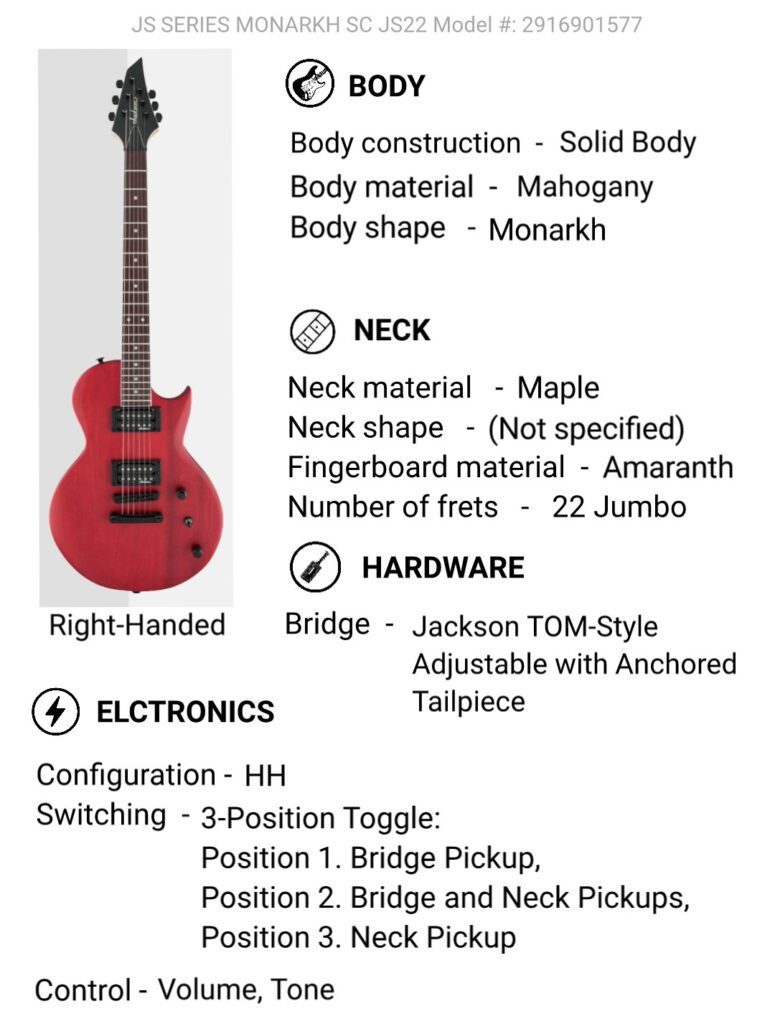
Read More
 Amazon.in
Amazon.in  ₹ 24,077
₹ 24,077  Go To Store
Go To Store
 Amazon.in
Amazon.in  ₹ 24,077
₹ 24,077  Go To Store
Go To Store
 Amazon.com
Amazon.com  $ 291
$ 291  Go To Store
Go To Store
 Amazon.com
Amazon.com  $ 291
$ 291  Go To Store
Go To Store
 Guitar Center
Guitar Center  $ 329
$ 329  Go To Store
Go To Store
Jackson JS Series Dinky Arch Top JS22 DKA
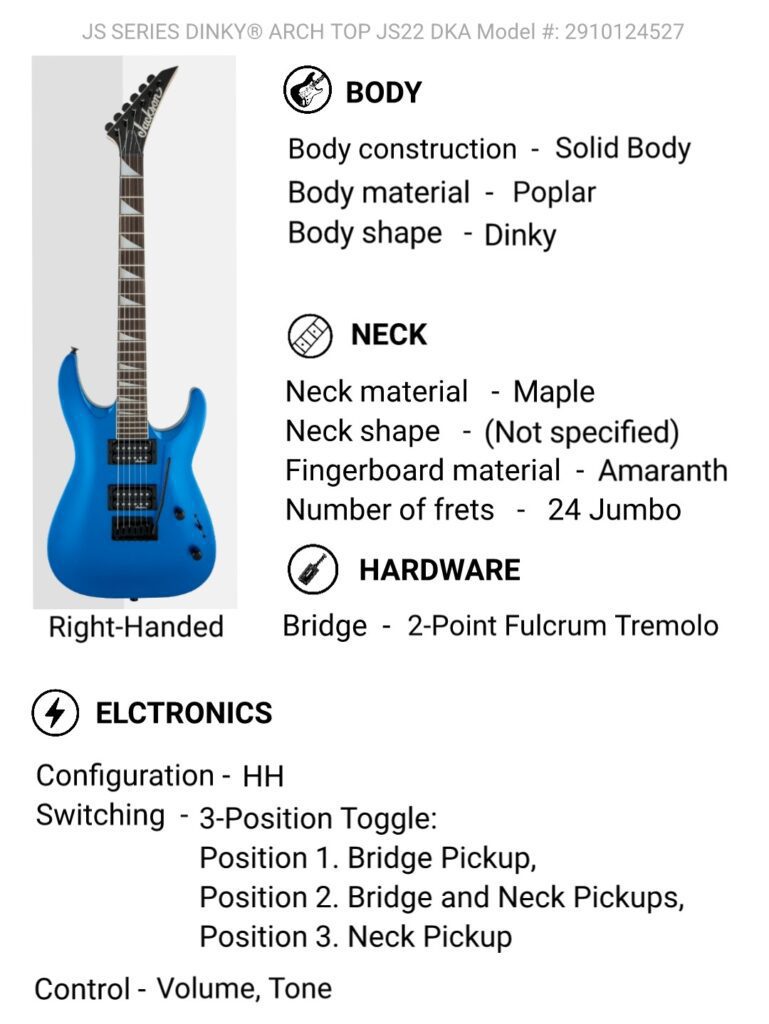
Read More
 Amazon.in
Amazon.in  ₹ 22,900
₹ 22,900  Go To Store
Go To Store
 Amazon.in
Amazon.in  ₹ 22,900
₹ 22,900  Go To Store
Go To Store
 Amazon.com
Amazon.com  $ 277
$ 277  Go To Store
Go To Store
 Amazon.com
Amazon.com  $ 277
$ 277  Go To Store
Go To Store
 Guitar Center
Guitar Center  $ 199
$ 199  Go To Store
Go To Store
 Thomann
Thomann  $ 207
$ 207  Go To Store
Go To Store
 Thomann
Thomann  $ 207
$ 207  Go To Store
Go To Store
Jackson JS Series Dinky JS12
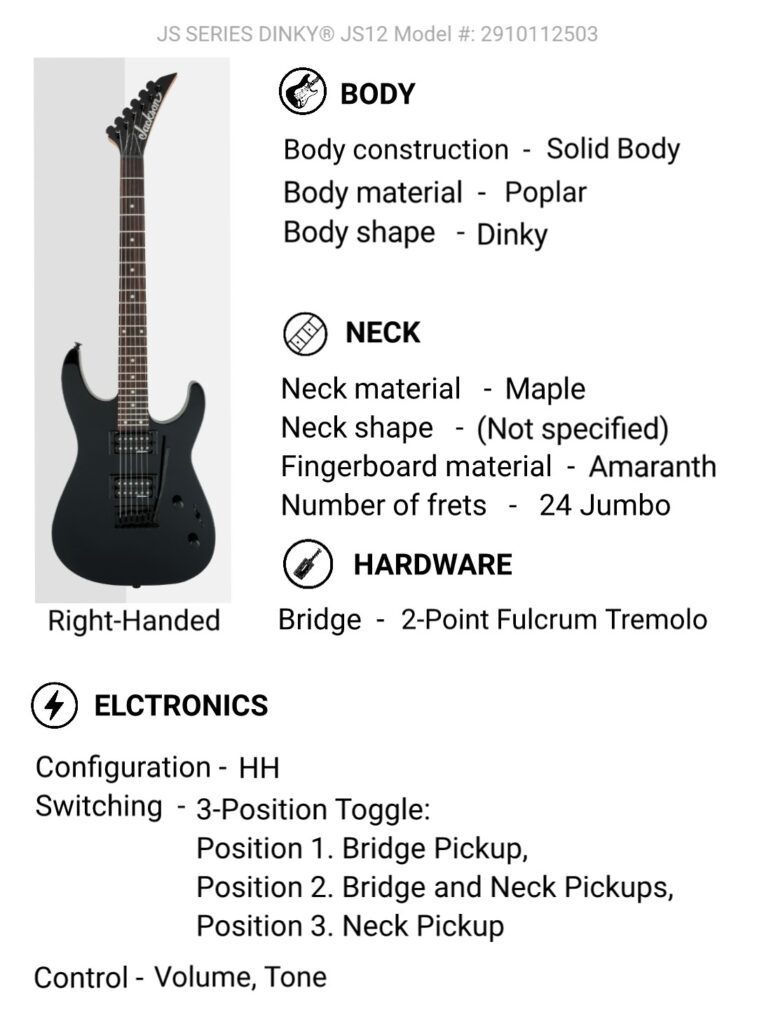
Read More
 Amazon.in
Amazon.in  ₹ 20,600
₹ 20,600  Go To Store
Go To Store
 Amazon.in
Amazon.in  ₹ 20,600
₹ 20,600  Go To Store
Go To Store
 Amazon.com
Amazon.com  $ 249
$ 249  Go To Store
Go To Store
 Amazon.com
Amazon.com  $ 249
$ 249  Go To Store
Go To Store
 Guitar Center
Guitar Center  $ 189
$ 189  Go To Store
Go To Store
 Thomann
Thomann  $ 169
$ 169  Go To Store
Go To Store
 Thomann
Thomann  $ 169
$ 169  Go To Store
Go To Store
Introduction: Jackson electric guitars have earned a legendary status in the realm of heavy metal and hard rock, celebrated for their high-performance design, aggressive tones, and sleek aesthetics. With a rich history dating back to the late 1970s, Jackson guitars have become synonymous with precision, speed, and sonic brutality. In this comprehensive article, we’ll delve into the diverse series offered by Jackson, each catering to different players and styles.
”Read_More”
American Series:
The American Series from Jackson stands as a testament to the brand’s commitment to quality craftsmanship and premium materials. These guitars are meticulously handcrafted in the USA, ensuring the highest standards of construction and attention to detail. Known for their exceptional playability and top-notch components, American Series guitars are favored by professional musicians seeking uncompromising performance.
MJ Series:
The MJ Series, named after the late founder Grover Jackson, pays homage to the brand’s roots. These guitars feature modern playability with classic aesthetics. Crafted in the USA, the MJ Series embodies the spirit of innovation and excellence that has defined Jackson guitars since the beginning. With a range of models, the MJ Series offers versatility for players across genres.
Concept Series:
The Concept Series represents Jackson’s forward-thinking approach to guitar design. This series often introduces experimental features, finishes, and shapes, pushing the boundaries of what an electric guitar can be. Concept guitars serve as a platform for innovation and creativity, appealing to players who seek something outside the conventional.
Pro Plus Series:
The Pro Plus Series caters to discerning players who demand professional-grade instruments without compromise. These guitars are designed to deliver exceptional performance on stage and in the studio. With high-quality tonewoods, top-tier hardware, and versatile electronics, the Pro Plus Series stands as a pinnacle in Jackson’s lineup.
Pro Series:
The Pro Series is renowned for offering a perfect balance between performance and affordability. Crafted in various locations, including the USA, Mexico, and Indonesia, the Pro Series brings the essence of Jackson’s high-performance design to a broader audience. These guitars are favored by players who seek uncompromising features without breaking the bank.
X Series:
The X Series exemplifies Jackson’s commitment to delivering high-performance guitars accessible to a wide range of players. Crafted in different locations, including Indonesia and China, the X Series guitars offer aggressive designs, fast necks, and powerful pickups. These guitars are ideal for those who want the Jackson experience at an affordable price point.
JS Series:
The JS Series serves as an entry point for aspiring guitarists to experience the Jackson legacy. Crafted with attention to quality, these guitars are designed for players who are just starting their musical journey. Despite their affordability, JS Series guitars deliver on the key features that define the Jackson sound and feel.
Artist Signature:
The Artist Signature models pay homage to the influential musicians who have chosen Jackson guitars as their weapon of choice. These guitars are crafted to the exact specifications and preferences of renowned artists, allowing fans to get closer to their favorite players’ tones and playing styles. From signature Jackson Soloists to Rhoads and King Vs, this series celebrates the diversity of Jackson’s artist roster.
USA Series:
The USA Series represents the pinnacle of Jackson’s craftsmanship, showcasing guitars made entirely in the USA. These instruments are crafted with precision and care, using premium tonewoods, high-end hardware, and meticulous attention to detail. The USA Series guitars are the crown jewels of Jackson’s lineup, appealing to serious professionals and collectors.
In conclusion, Jackson electric guitars have etched their place in the history of rock and metal music. Whether you’re a seasoned pro seeking the finest American craftsmanship or a beginner taking the first steps into the world of heavy music, Jackson’s diverse series offer something for everyone. From the iconic Soloist and Rhoads models to the cutting-edge designs in the Concept Series, Jackson continues to push the boundaries of what’s possible in the world of electric guitars.
How to choose Right Jackson electric Guitar
Choosing the right Jackson electric guitar involves considering various factors that align with your playing style, preferences, and budget. Here’s a guide to help you make an informed decision:
1. Define Your Playing Style:
- Metal and Hard Rock: If you’re into heavy genres, consider models with high-output pickups, fast necks, and aggressive designs. Jackson’s Soloist, Rhoads, and King V models are popular choices.
- Versatility: If you play a variety of genres, look for models with versatile pickups and a comfortable body shape. The Soloist and Dinky series often offer a good balance.
2. Consider Body Shape:
- Soloist: Offers a comfortable and sleek design, often with a flat top.
- Rhoads: Known for its V-shaped body, providing a distinctive look and feel.
- King V: Another V-shaped option, often with sharper angles compared to the Rhoads.
- Dinky: Features a more traditional double-cutaway shape, suitable for various playing styles.
3. Pickup Configuration:
- Humbuckers: Provide a powerful and noise-resistant sound, ideal for heavy genres.
- Single-Coils: Offer a clearer and brighter tone, suitable for clean and classic sounds.
- Versatile Configurations: Some models come with HSS (humbucker/single-coil/single-coil) or HSH (humbucker/single-coil/humbucker) setups for added tonal options.
4. Neck Profile and Scale Length:
- Neck Profile: Choose a neck profile that feels comfortable in your hands. Jackson often offers options like slim, speed, or thin neck profiles.
- Scale Length: Consider whether you prefer a standard scale length (25.5 inches) or a shorter scale for easier playability.
5. Construction and Tonewoods:
- Solid Body: Most Jackson guitars have solid bodies, contributing to sustain and resonance.
- Tonewoods: While tonewood preferences can be subjective, options like mahogany, alder, and basswood are commonly used for Jackson guitars.
6. Bridge and Tremolo Systems:
- Fixed Bridge: Offers stability and simplicity, suitable for players who don’t use tremolo often.
- Floyd Rose Tremolo: Provides the ability to perform dive bombs and other whammy effects. Consider whether you want a floating or flush-mounted tremolo.
7. Budget Considerations:
- X Series and JS Series: Offer more affordable options without compromising on quality.
- Pro Series: Strikes a balance between performance and affordability.
- USA Series and Artist Signature Models: Premium options for serious enthusiasts and professionals.
8. Signature Models:
- If you have a favorite artist, consider their signature model. These guitars are often designed to the specifications of the artist and may feature unique finishes and components.
9. Try Before You Buy:
- If possible, play the guitar in person or try similar models in a store. Pay attention to how it feels, the weight, and how accessible the upper frets are.
10. Research and Reviews:
- Read reviews and watch demo videos to get an idea of the guitar’s sound and performance in different contexts.
11. Check for Upgrades:
- Some Jackson models offer upgraded features like compound radius fretboards, locking tuners, or special finishes. Assess whether these features align with your preferences.
12. Future Upgrades:
- Consider whether you might want to upgrade pickups, hardware, or other components in the future. Some models are more mod-friendly than others.
By considering these factors, you can narrow down your options and find the Jackson electric guitar that suits your playing style and preferences. Remember that the “right” guitar is ultimately the one that inspires you to play and create music.
Pros and Cons of Jackson electric Guitars
Jackson electric guitars are renowned for their high-performance features, sleek designs, and dominance in heavy metal and hard rock genres. However, like any brand, they come with their own set of pros and cons. Here’s a breakdown to help you make an informed decision:
Pros of Jackson Electric Guitars:
- High-Performance Design:
- Jackson guitars are built for speed and precision, making them ideal for players who prioritize fast playing and technical proficiency.
- Aggressive Aesthetics:
- Iconic body shapes like the Soloist, Rhoads, and King V have aggressive and distinctive designs, contributing to their visual appeal.
- Versatile Pickup Options:
- Jackson offers guitars with a variety of pickup configurations, catering to players who seek specific tonal characteristics for different genres.
- Diverse Series:
- Jackson’s lineup spans various series, from budget-friendly options like the JS and X Series to high-end models in the USA Series and Artist Signature Series.
- Quality Construction:
- Higher-end Jackson guitars, especially those from the USA Series, are crafted with premium materials and meticulous attention to detail.
- Floyd Rose Tremolo Systems:
- Many Jackson guitars come equipped with Floyd Rose tremolo systems, allowing for extreme whammy bar use and dive bombs while maintaining tuning stability.
- Artist Signature Models:
- Jackson has collaborated with numerous renowned artists, resulting in signature models that capture the essence of specific players’ styles and preferences.
- Innovative Concept Series:
- The Concept Series allows Jackson to experiment with unconventional designs, finishes, and features, appealing to players seeking something unique.
- Wide Range of Models:
- Jackson offers a broad spectrum of models to suit different playing styles, preferences, and skill levels, making it accessible to a diverse audience.
Cons of Jackson Electric Guitars:
- Focused Design:
- The aggressive design of some Jackson models may not appeal to players looking for a more traditional or versatile appearance.
- Limited Availability of Left-Handed Models:
- Left-handed options may be limited, making it challenging for left-handed players to find specific models.
- Weight Distribution:
- Some V-shaped models can be slightly neck-heavy, impacting the balance of the guitar when played standing up.
- Learning Curve for Floyd Rose:
- While the Floyd Rose tremolo system offers unique capabilities, it can be challenging for beginners to restring and maintain compared to fixed bridges.
- Price Range for Premium Models:
- Premium USA Series and Artist Signature models can be relatively expensive, limiting accessibility for budget-conscious players.
- Less Focus on Traditional Styles:
- If you’re seeking guitars with traditional shapes and vintage tones, Jackson’s design philosophy may not align with your preferences.
- Concept Series Experimentation:
- While the Concept Series offers innovative designs, some players may find certain concepts too experimental or unconventional.
- Limited Acoustic Offerings:
- Jackson is primarily known for electric guitars, and their acoustic guitar offerings are limited compared to other brands.
In summary, Jackson electric guitars excel in delivering high-performance instruments designed for players who favor speed and precision, especially in heavier genres. However, the distinctive design and focus on modern features may not be suitable for everyone, and players with preferences for traditional styles or specific tones may need to explore other options. It’s essential to consider your playing style, preferences, and budget when choosing a Jackson electric guitar.
History of Jackson electric Guitars
The history of Jackson electric guitars is a tale of innovation, precision, and an enduring commitment to the needs of heavy metal and hard rock guitarists. The journey of Jackson guitars can be traced back to the late 1970s when Grover Jackson, a skilled luthier and the founder of Charvel guitars, entered the scene.
The Early Years:
- Formation of Charvel:
- In 1978, Grover Jackson joined forces with Wayne Charvel, the founder of Charvel’s Guitar Repair, to create Charvel guitars. The brand gained popularity for its high-quality guitar repairs and custom modifications.
- Custom Guitar Building:
- Jackson quickly became known for his exceptional skills in custom guitar building and modification. He earned a reputation for crafting high-performance guitars that caught the attention of influential guitarists.
Transition to Jackson Guitars:
- Grover Jackson Takes Over:
- In 1978, Wayne Charvel decided to sell the Charvel Guitar Repair business to Grover Jackson. This transition marked the beginning of Grover’s significant influence on the brand.
- Introduction of Jackson Guitars:
- Grover Jackson continued the legacy of high-quality guitar craftsmanship and introduced the first Jackson-branded guitars in the early 1980s. These guitars were designed to meet the demands of emerging heavy metal musicians.
- Custom Shop Success:
- The Jackson Custom Shop quickly gained recognition for its ability to produce custom instruments with precision and attention to detail. This attracted a roster of talented players seeking instruments that could handle the rigors of intense playing styles.
The Birth of Iconic Models:
- Rhoads and Soloist:
- In 1980, Jackson collaborated with legendary guitarist Randy Rhoads to create the iconic Rhoads model. This unique V-shaped guitar became synonymous with Rhoads’ style. Around the same time, the Soloist model was introduced, featuring a more conventional shape but still catering to high-performance needs.
- Partnership with Adrian Vandenberg:
- The late 1980s saw a partnership with guitarist Adrian Vandenberg, resulting in the Jackson Adrian Vandenberg Signature model.
Jackson Guitars in the 1990s and Beyond:
- Expanding Product Lines:
- In the 1990s, Jackson continued to expand its product lines, introducing various series to cater to different budgets and playing styles. The introduction of the affordable JS Series made Jackson guitars more accessible to a broader audience.
- Acquisition by Fender:
- In 2002, Fender Musical Instruments Corporation acquired the Jackson brand, bringing the expertise and resources of Fender to further enhance Jackson’s presence in the market.
- Innovation and Artist Collaborations:
- Jackson continued to innovate with new features, including extended-range guitars, signature models for renowned artists like Dave Mustaine, and the introduction of the innovative Sustainer pickup system.
- Modern Era:
- In the modern era, Jackson remains a powerhouse in the heavy metal and hard rock guitar market. The company continually introduces new models, series, and innovations to meet the evolving needs of players worldwide.
Legacy and Impact:
Jackson’s legacy is deeply intertwined with the evolution of heavy metal and hard rock music. The precision, speed, and aggression of Jackson guitars have made them the weapon of choice for countless guitarists in these genres. The iconic Rhoads and Soloist models, along with numerous signature guitars, stand as testaments to the brand’s influence on the world of electric guitars.
Today, Jackson continues to be a driving force in the industry, offering a diverse range of instruments that cater to players across various genres. The brand’s commitment to high-performance design, precision craftsmanship, and collaboration with influential artists ensures that Jackson guitars remain at the forefront of the electric guitar landscape.
”Read_Less”

